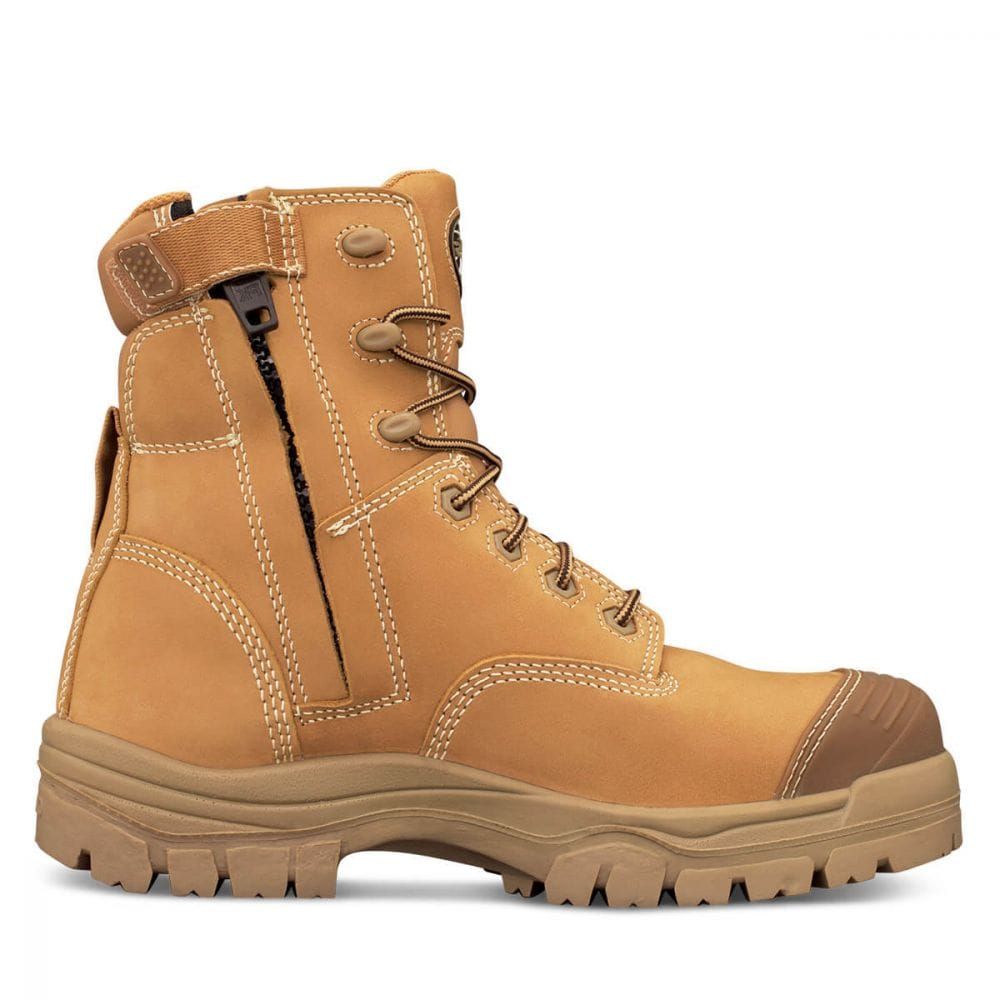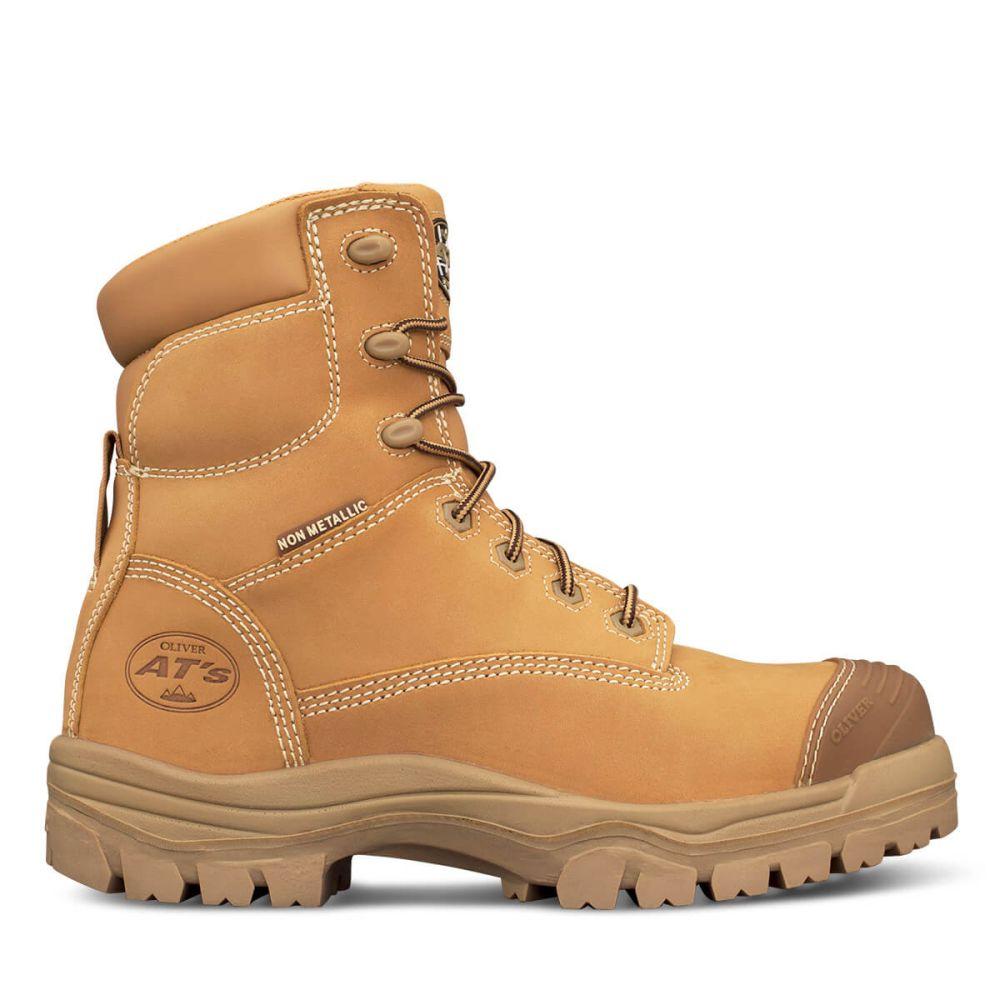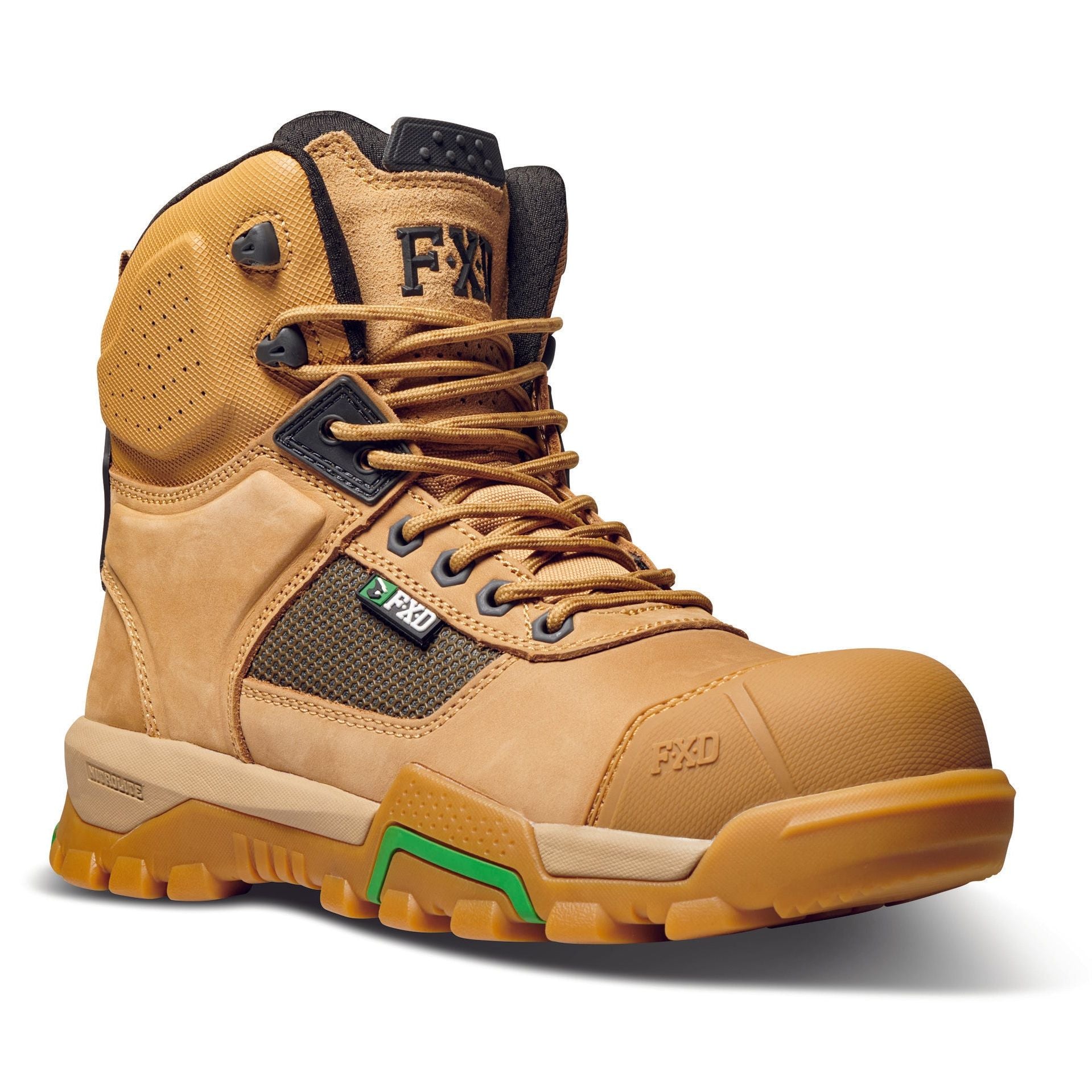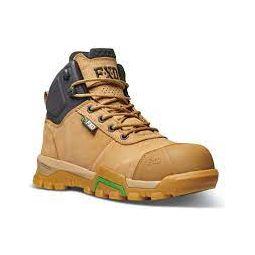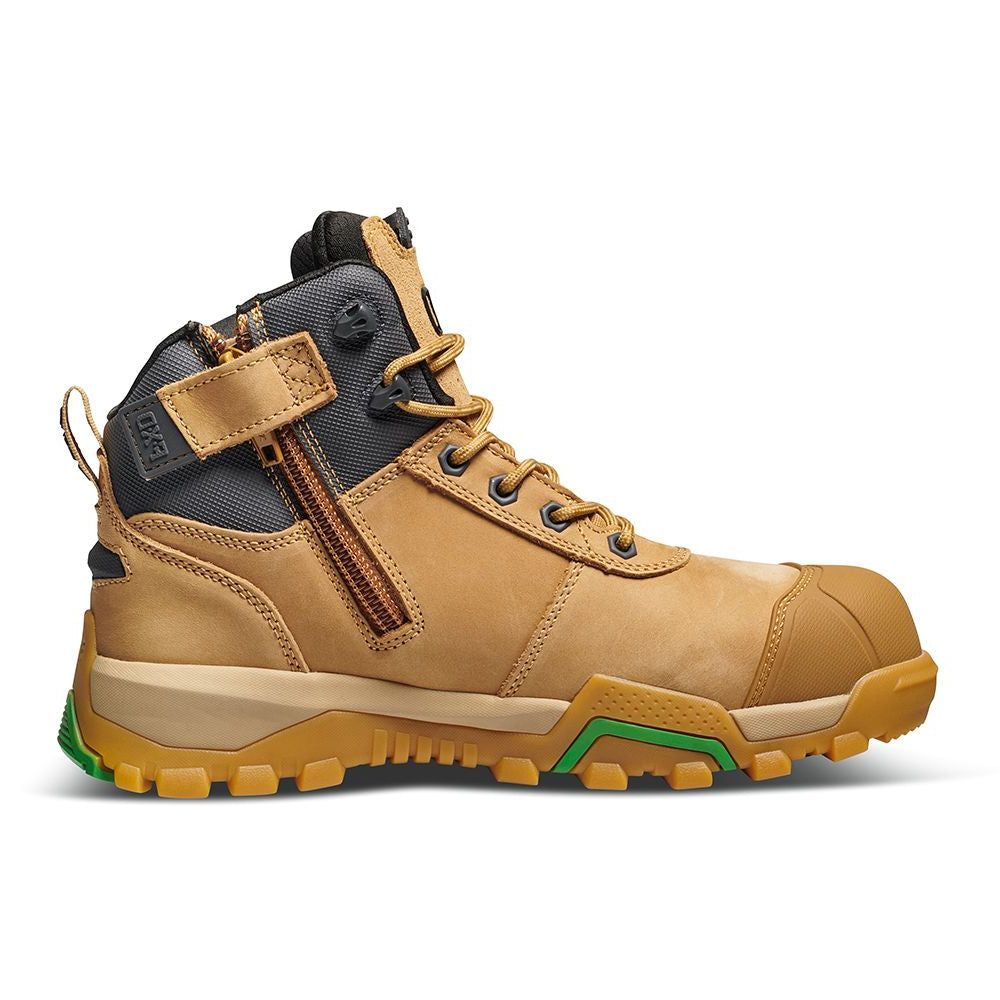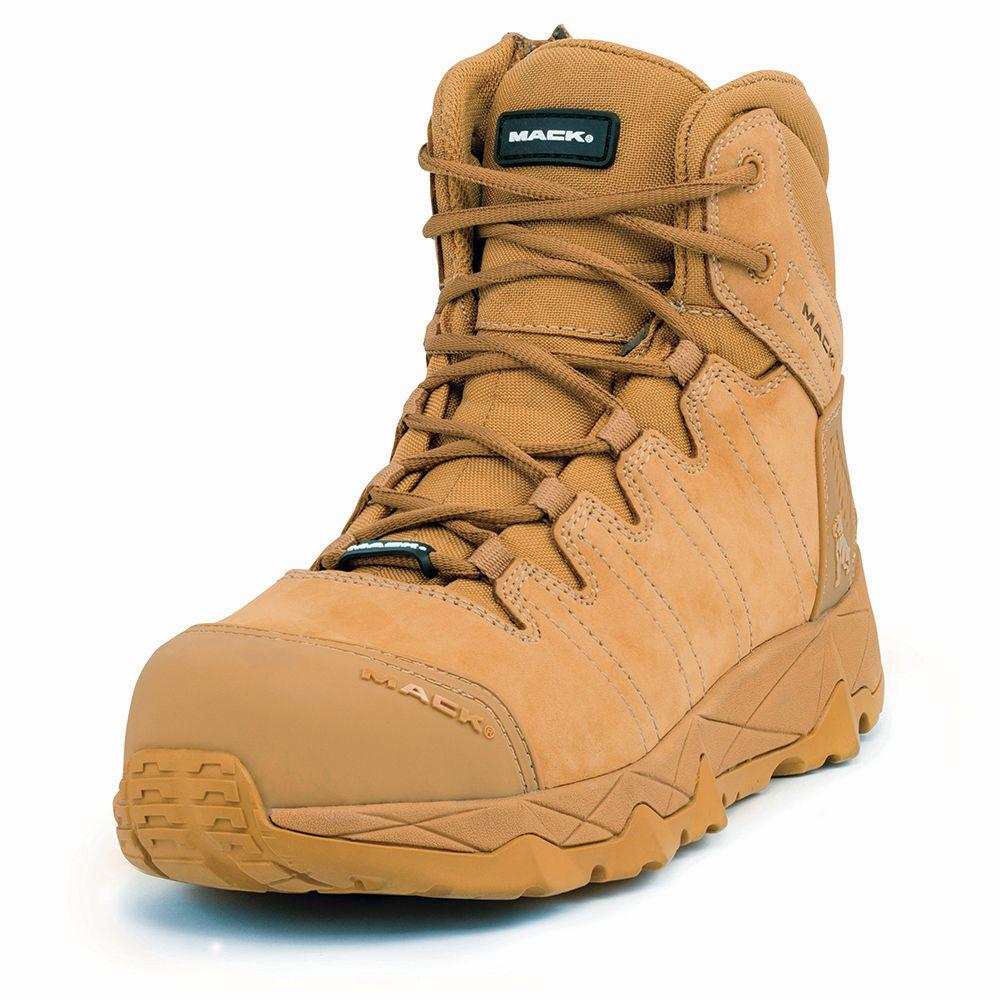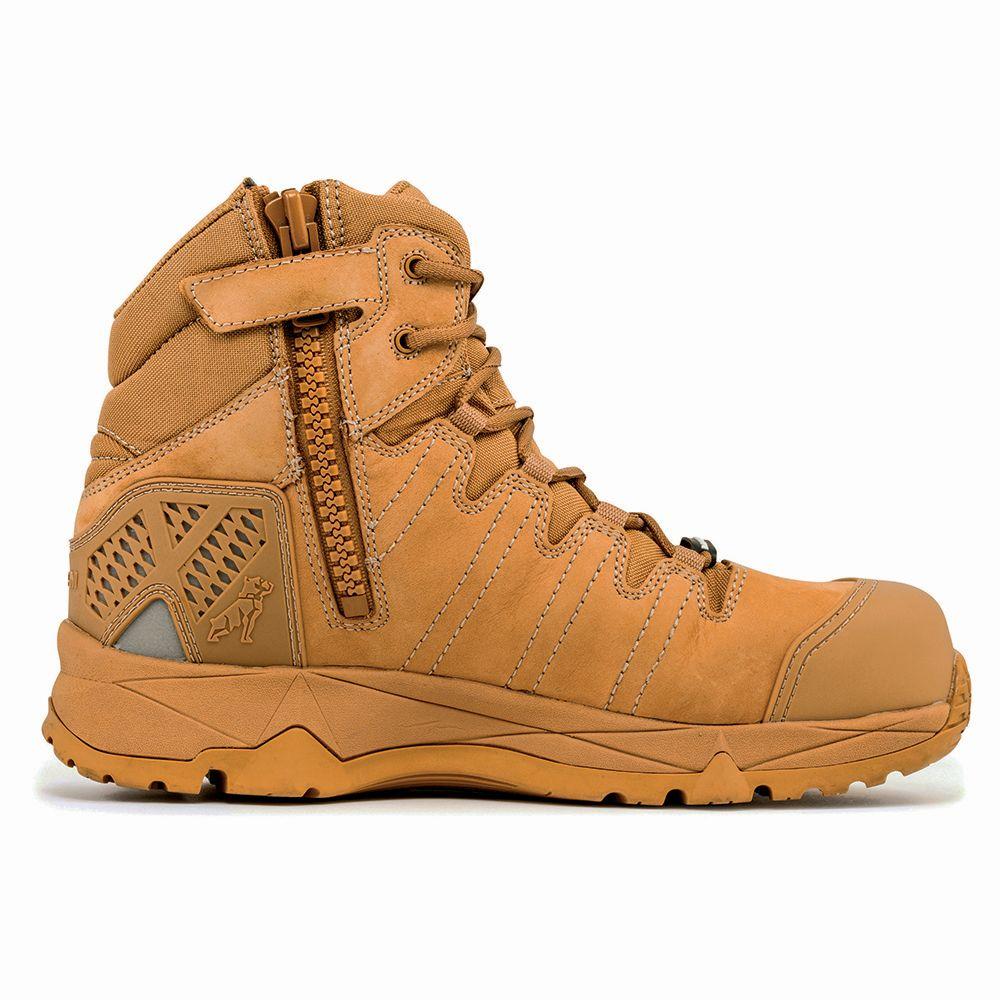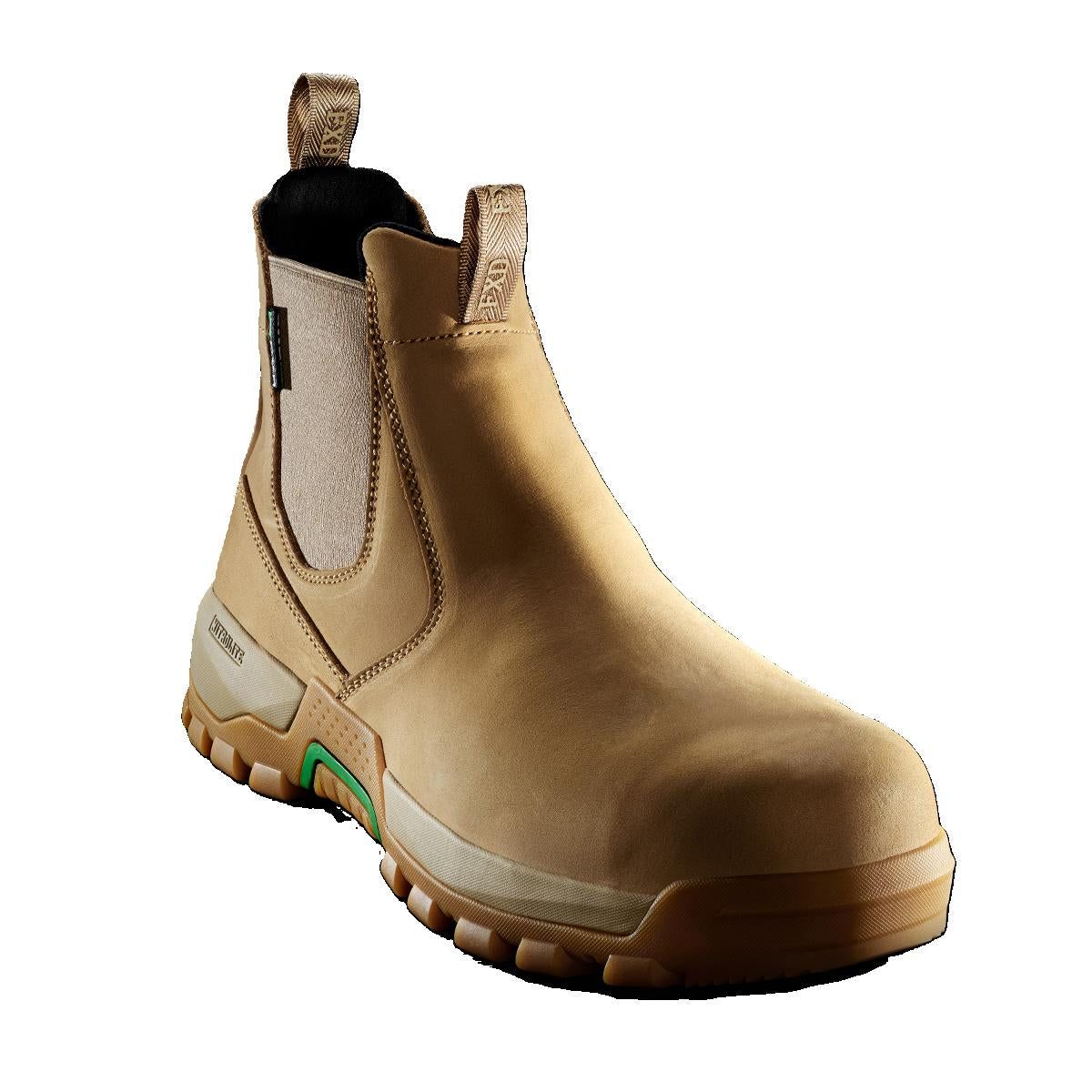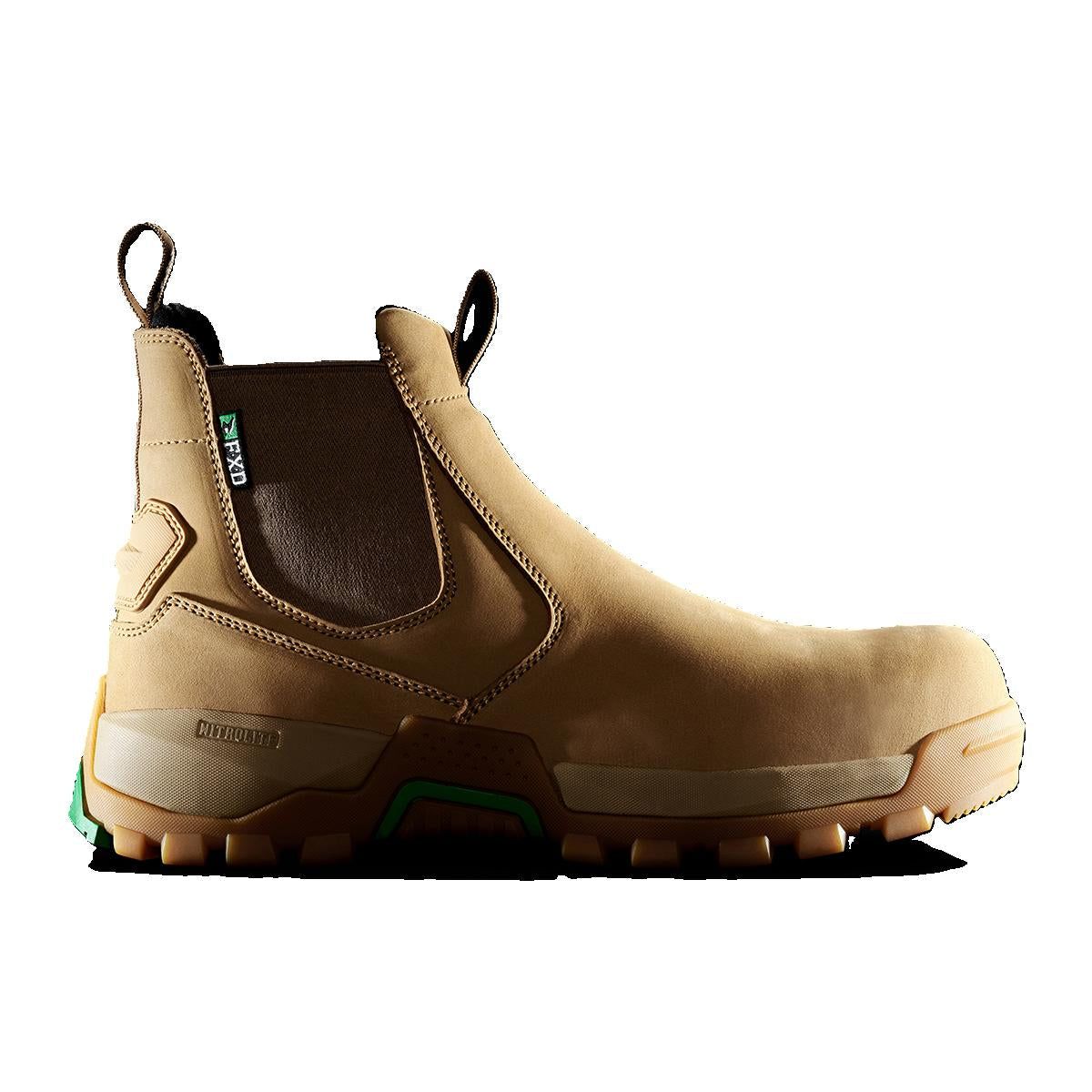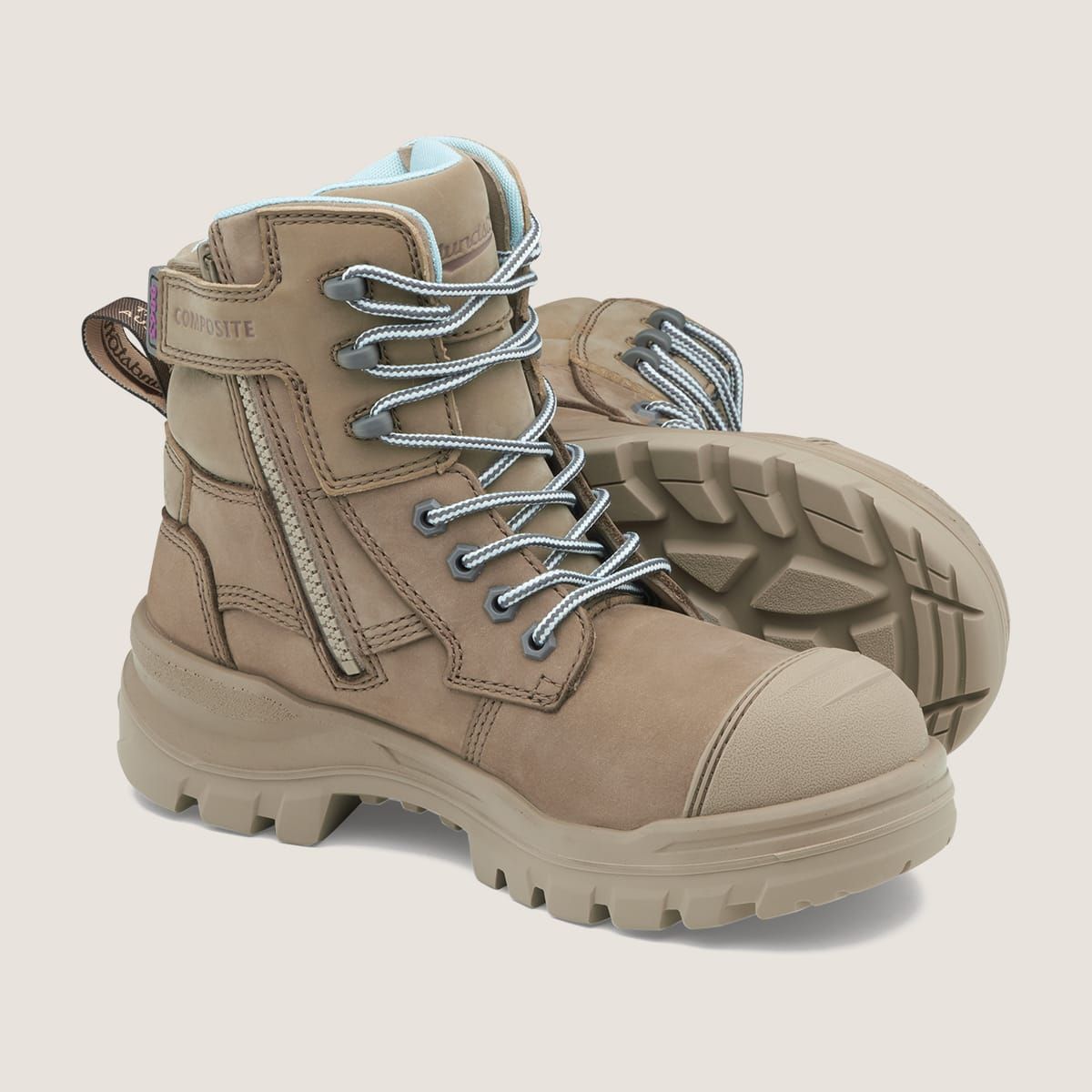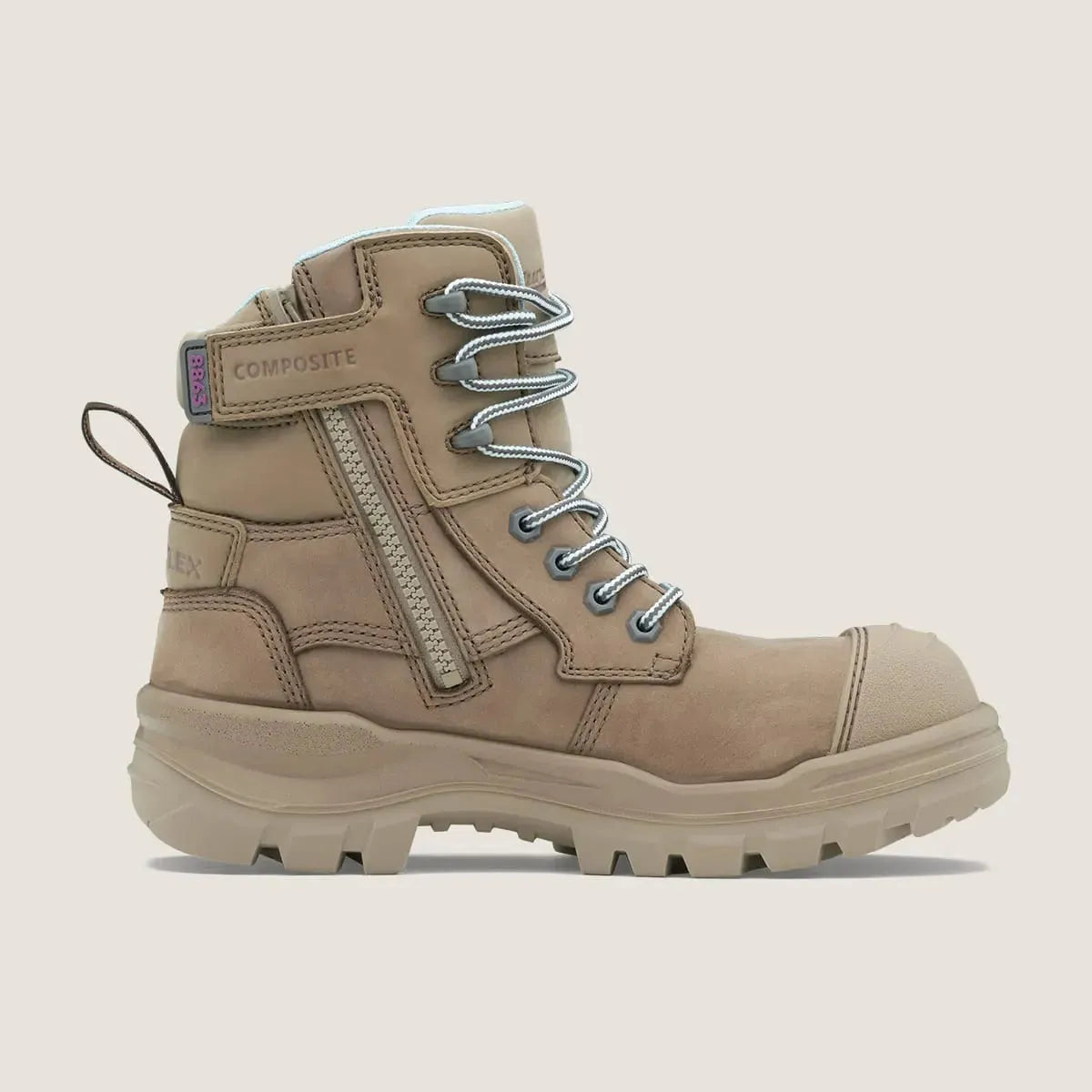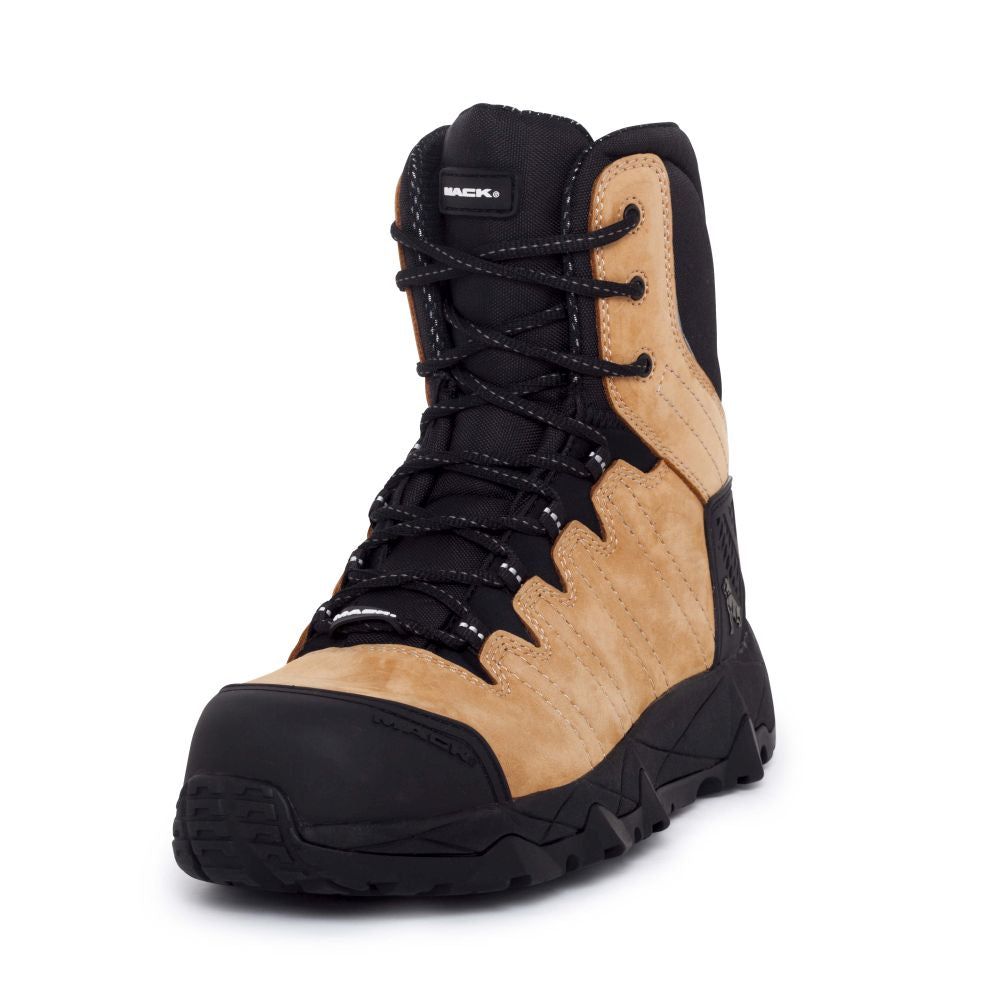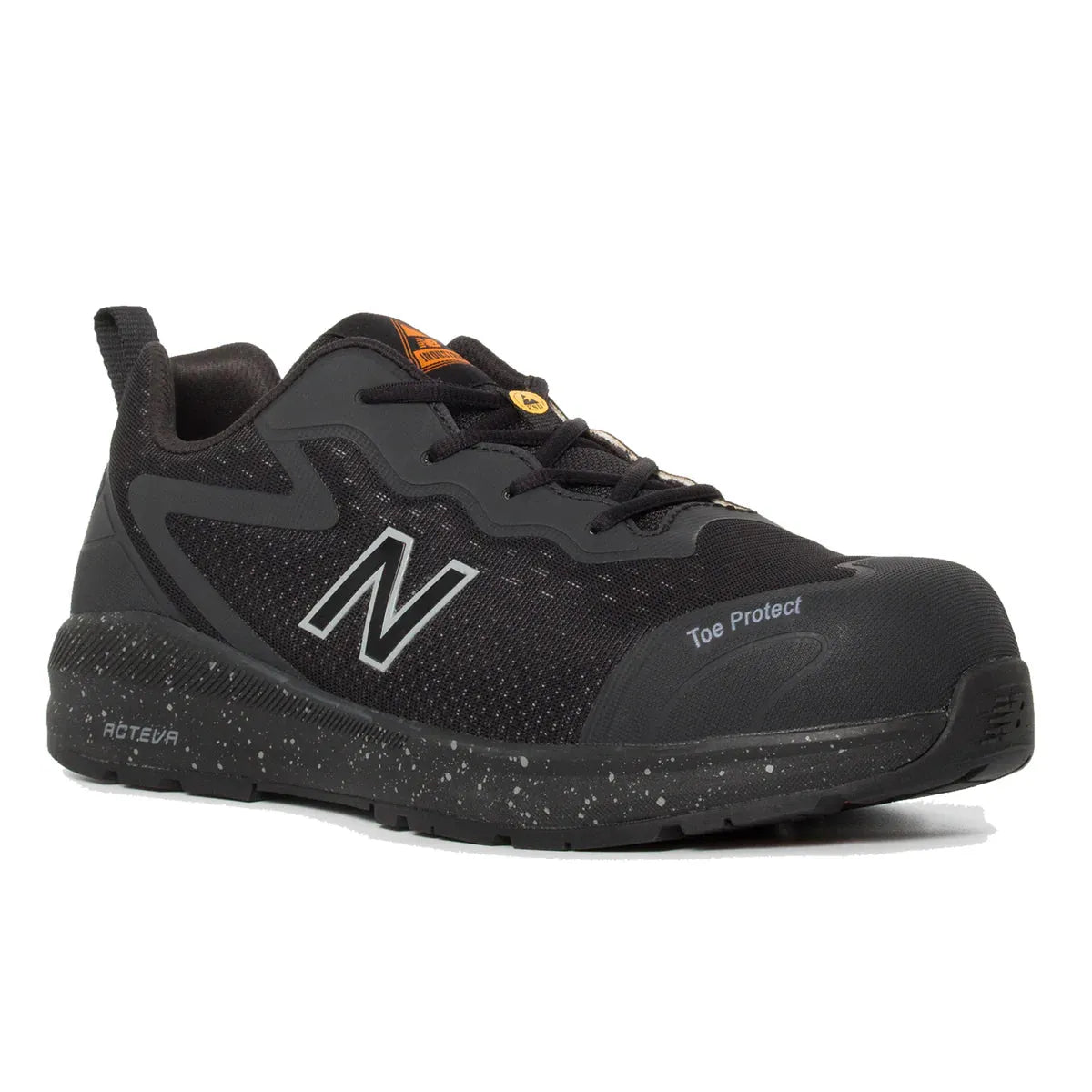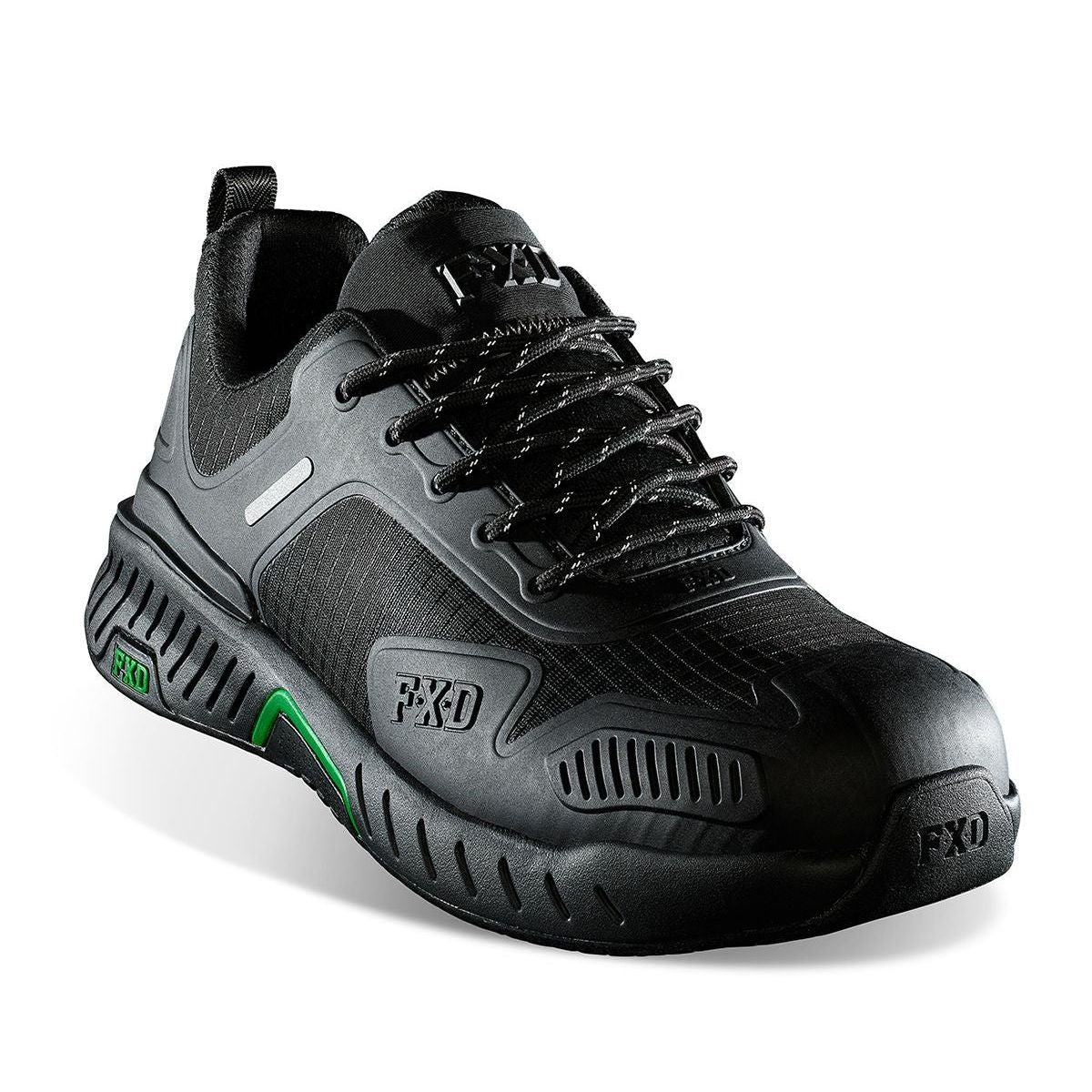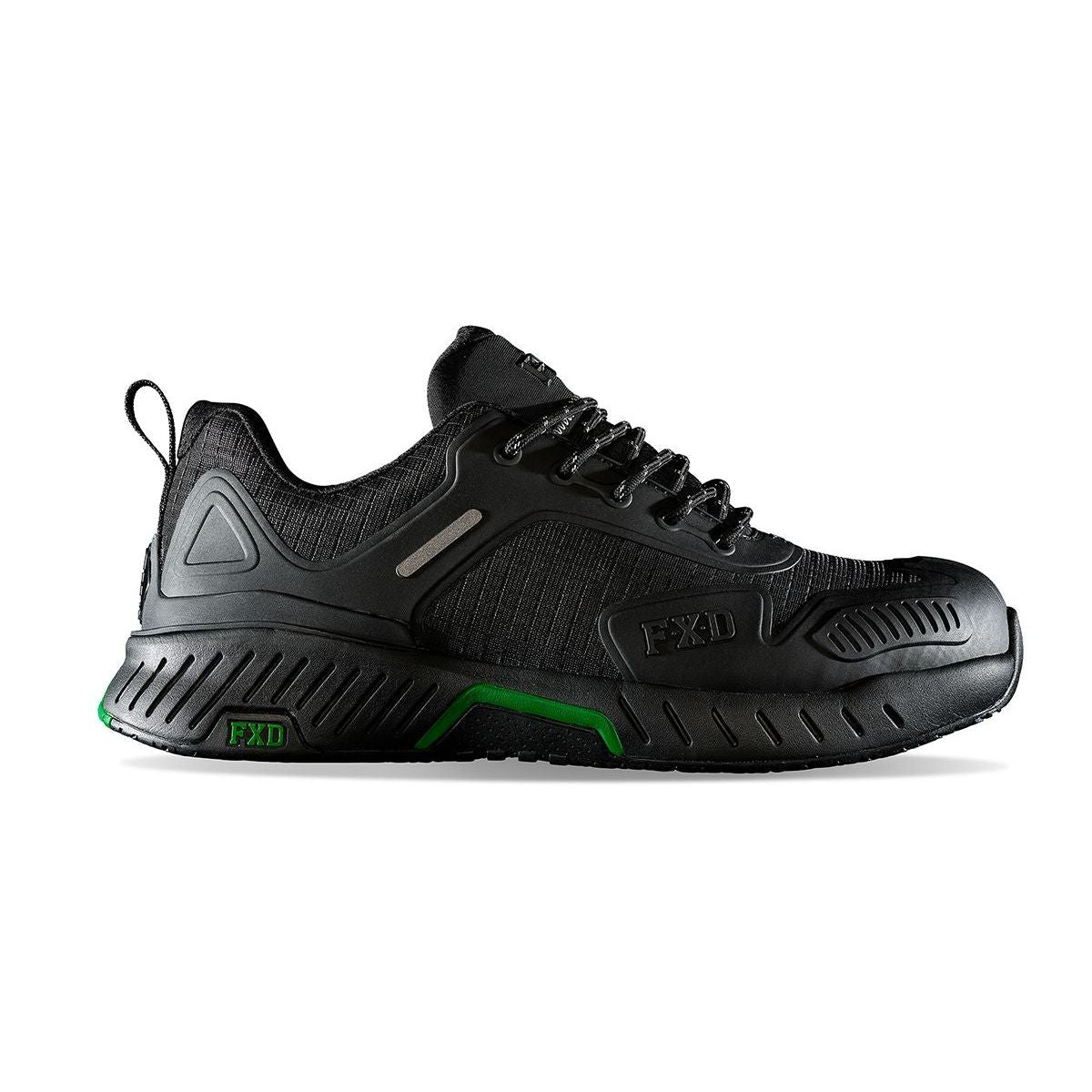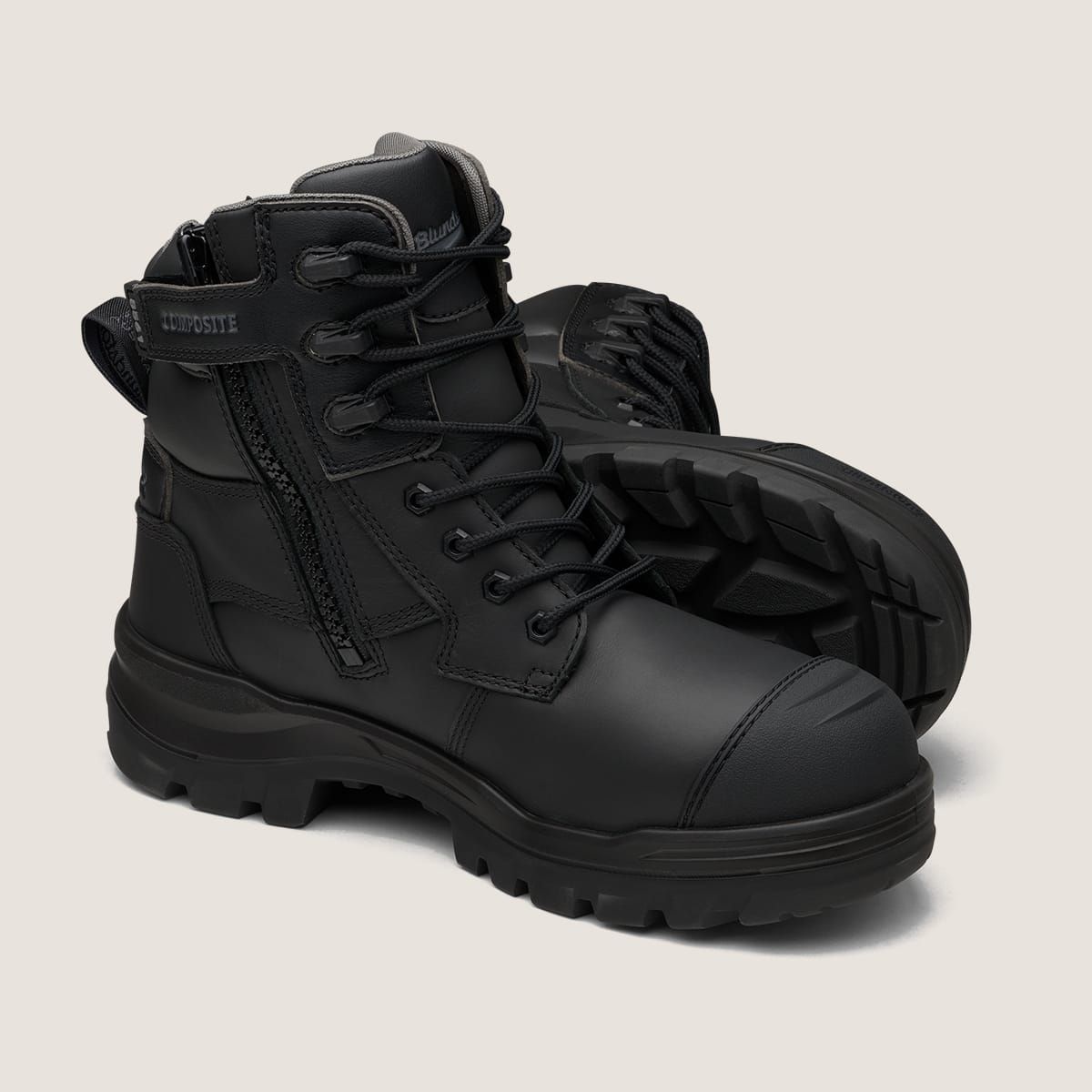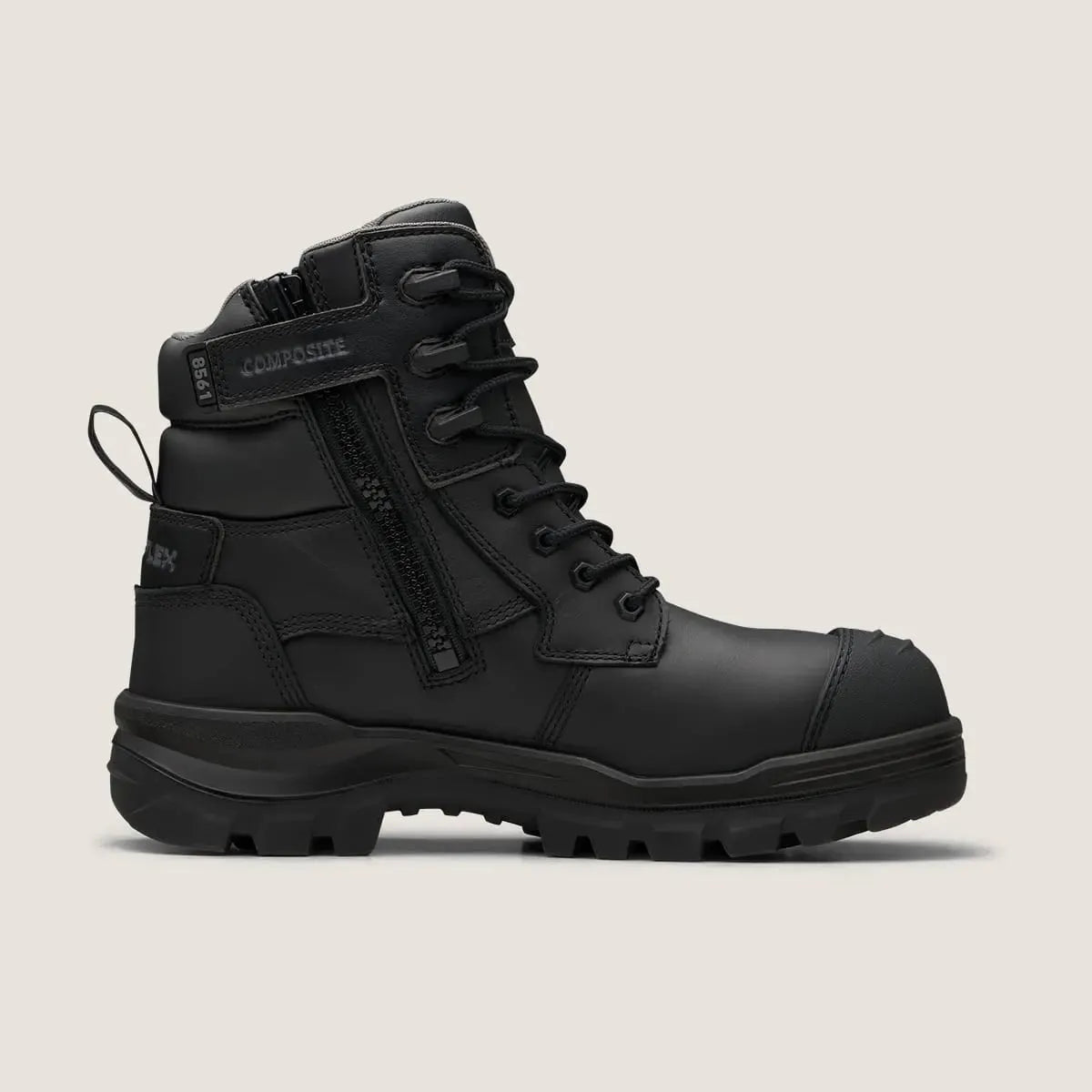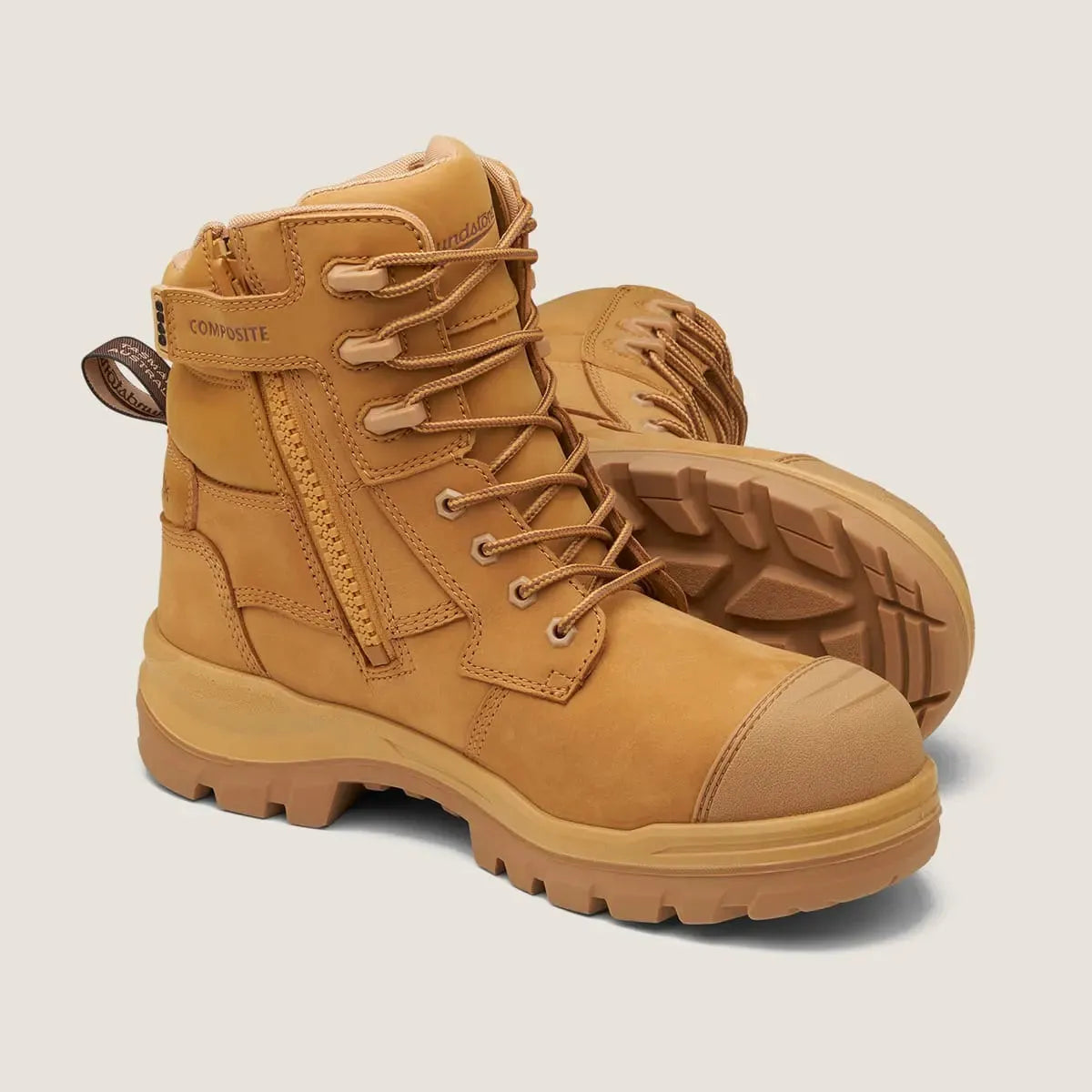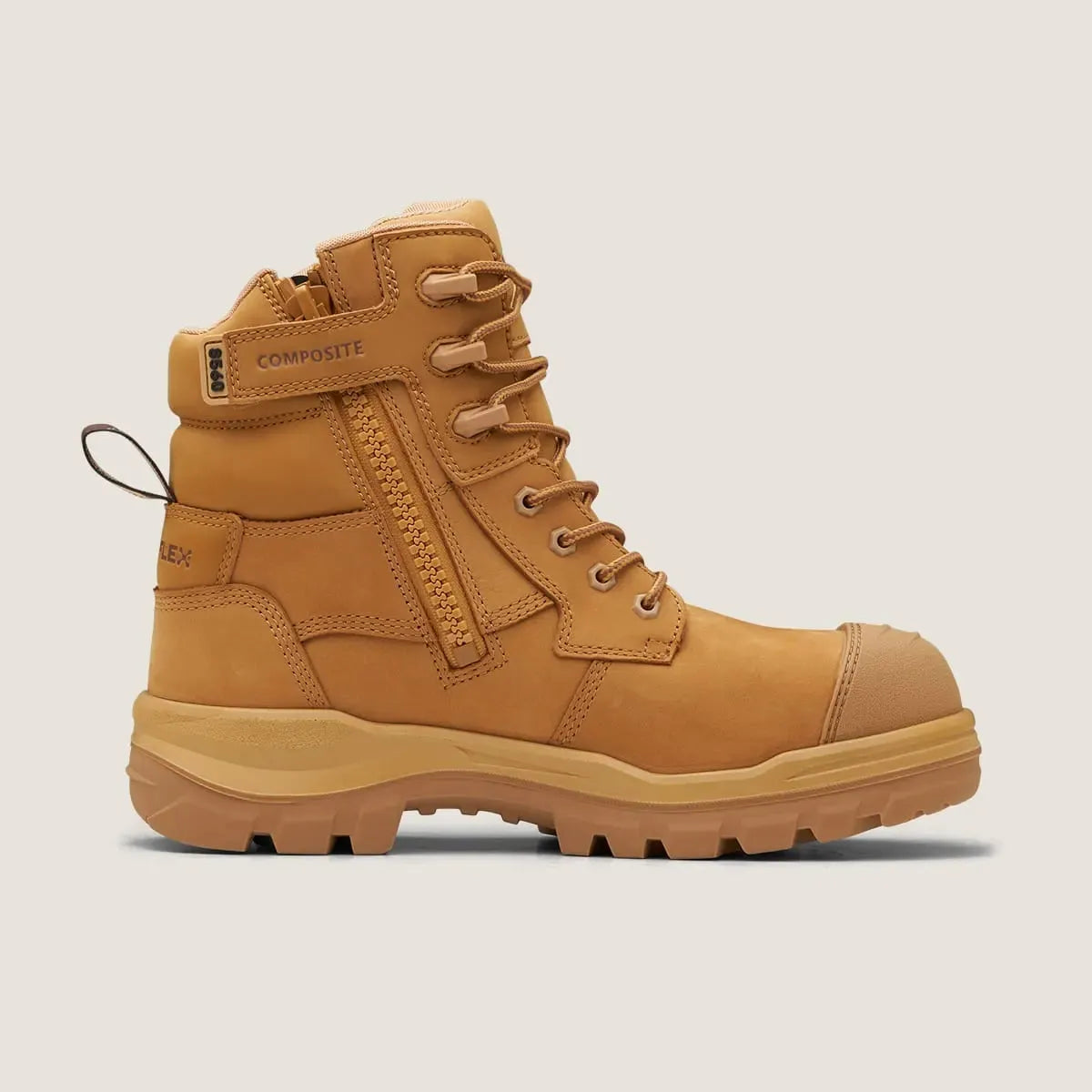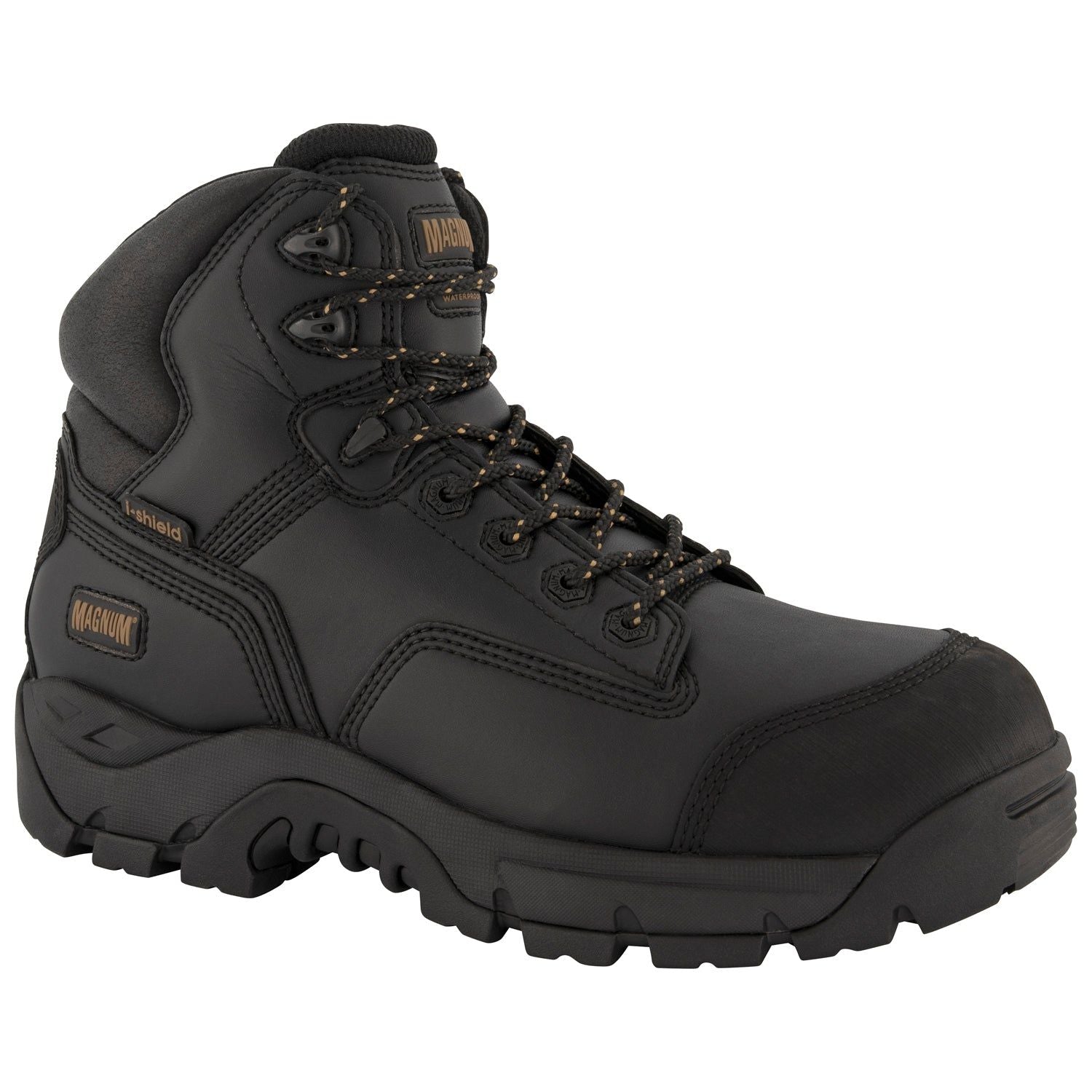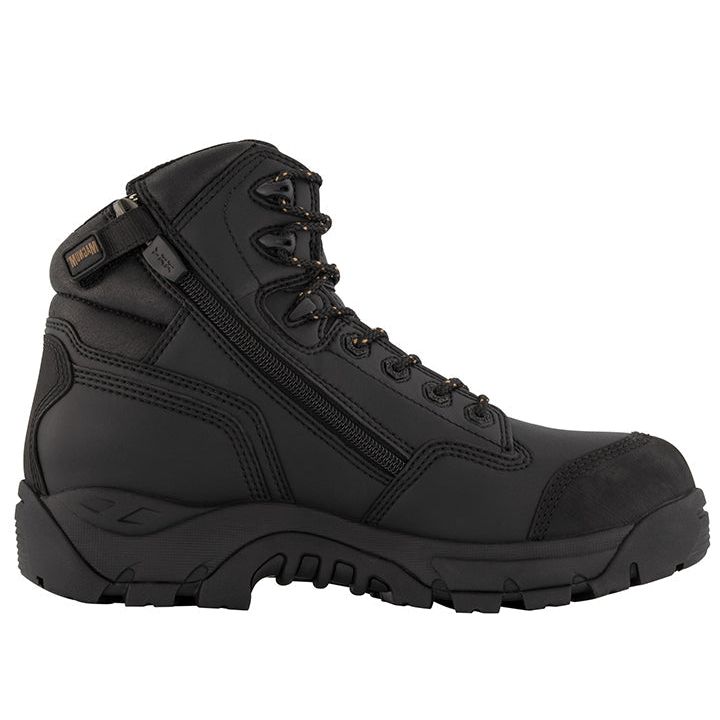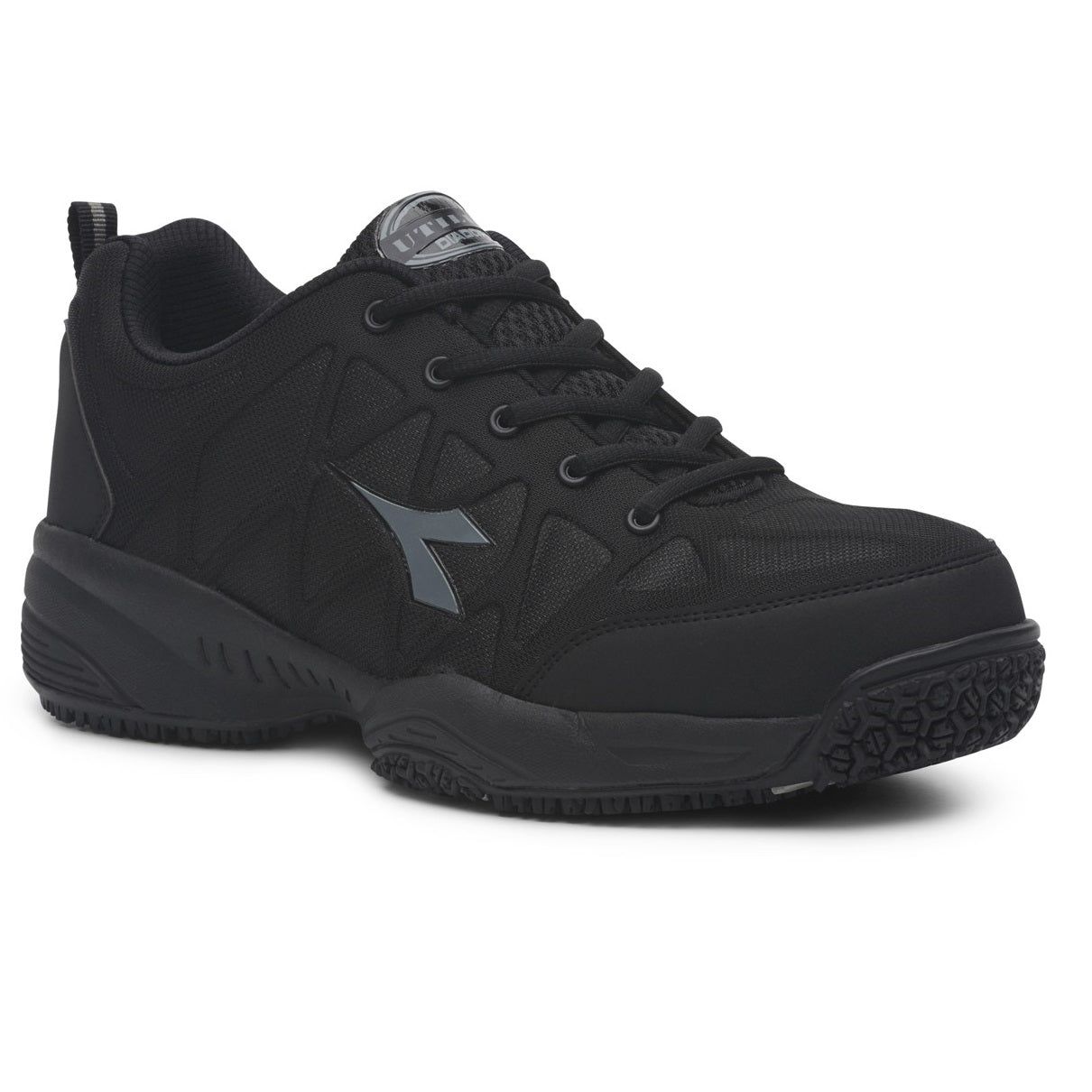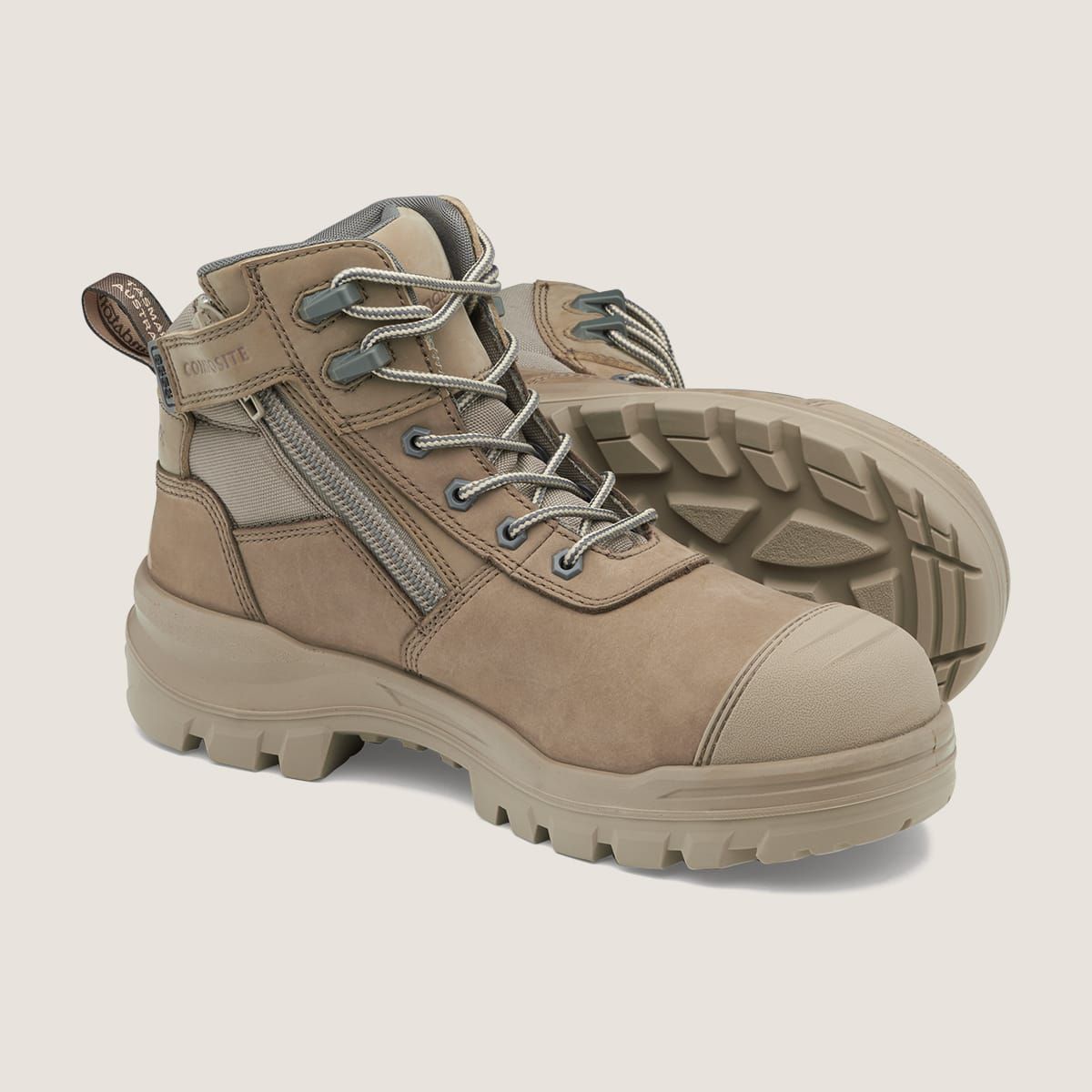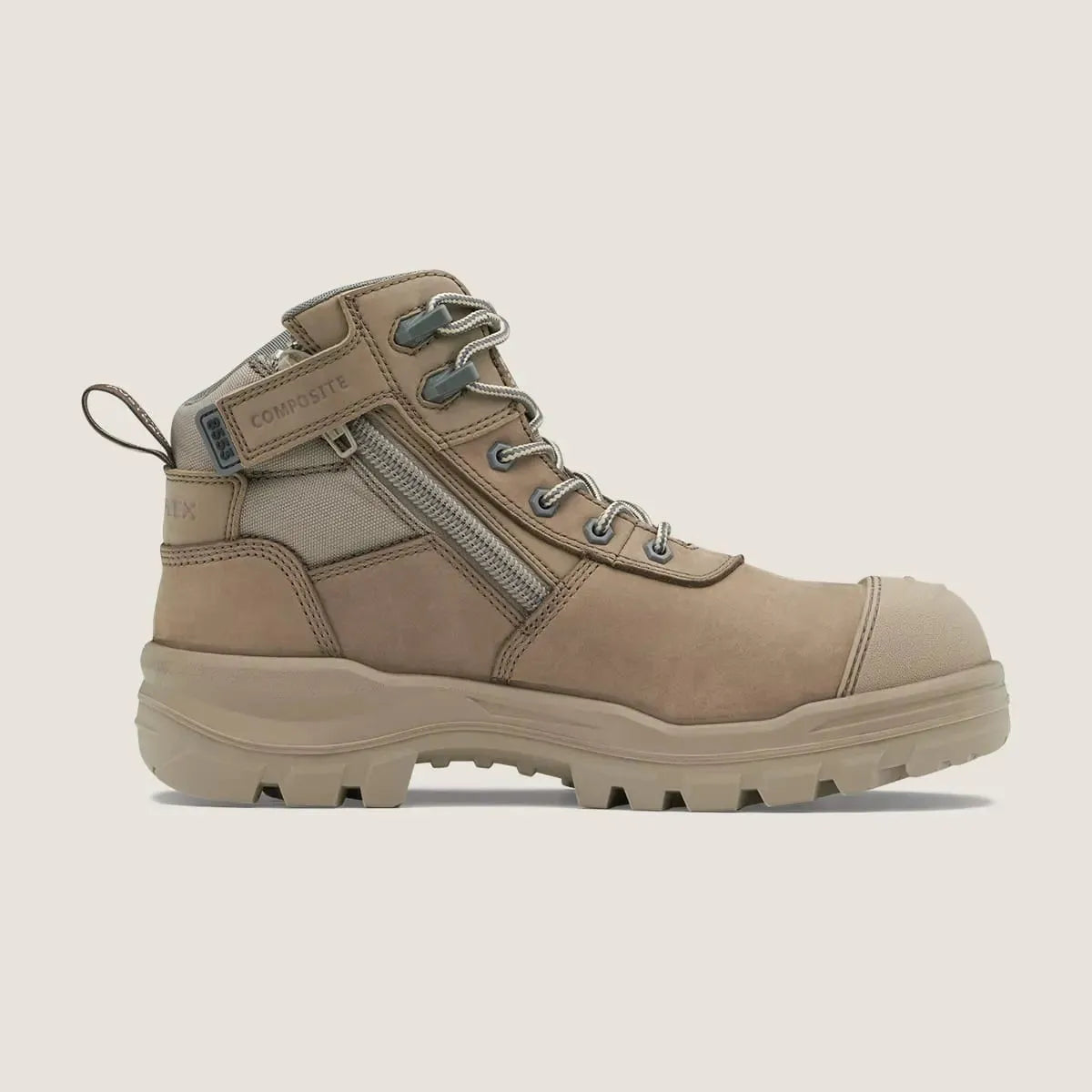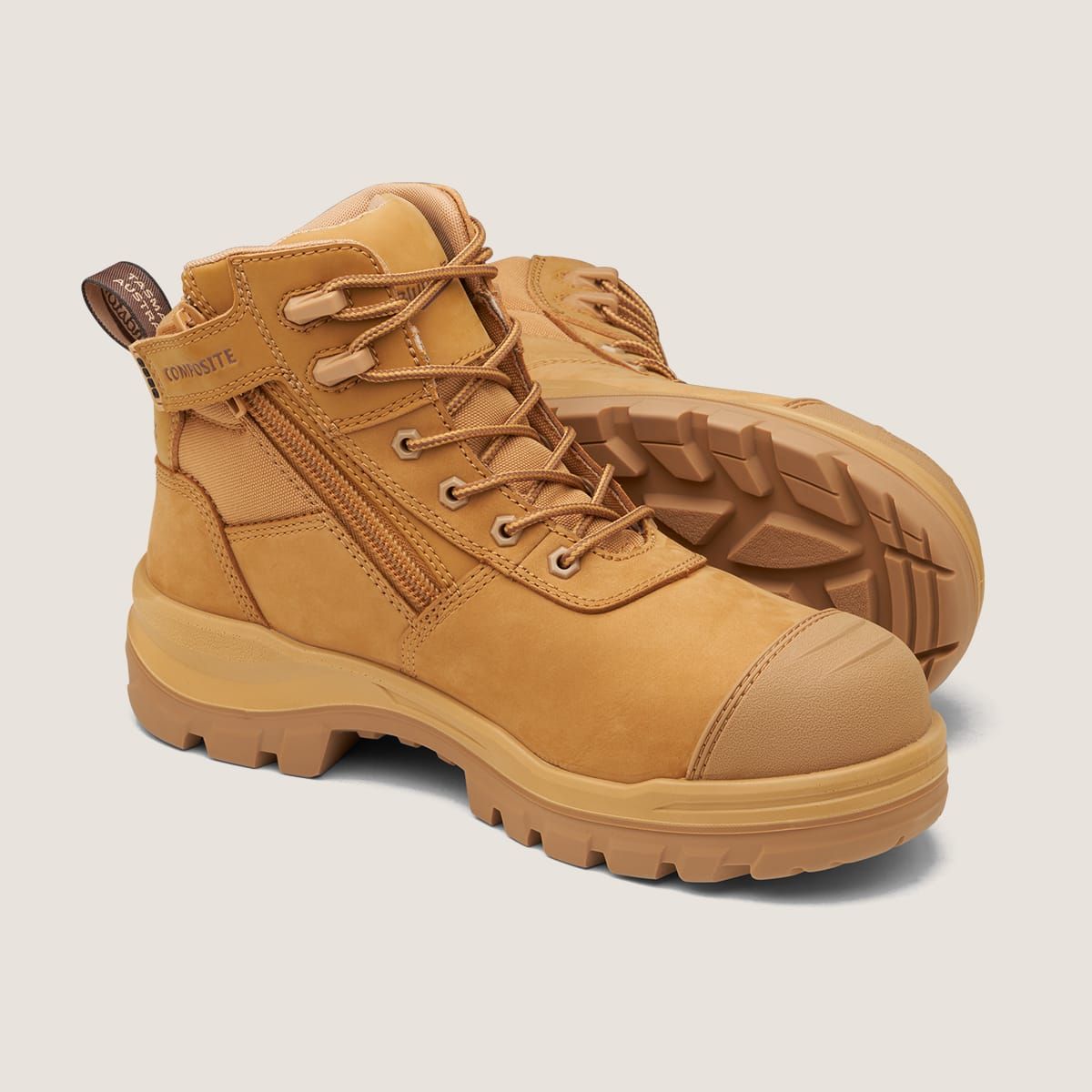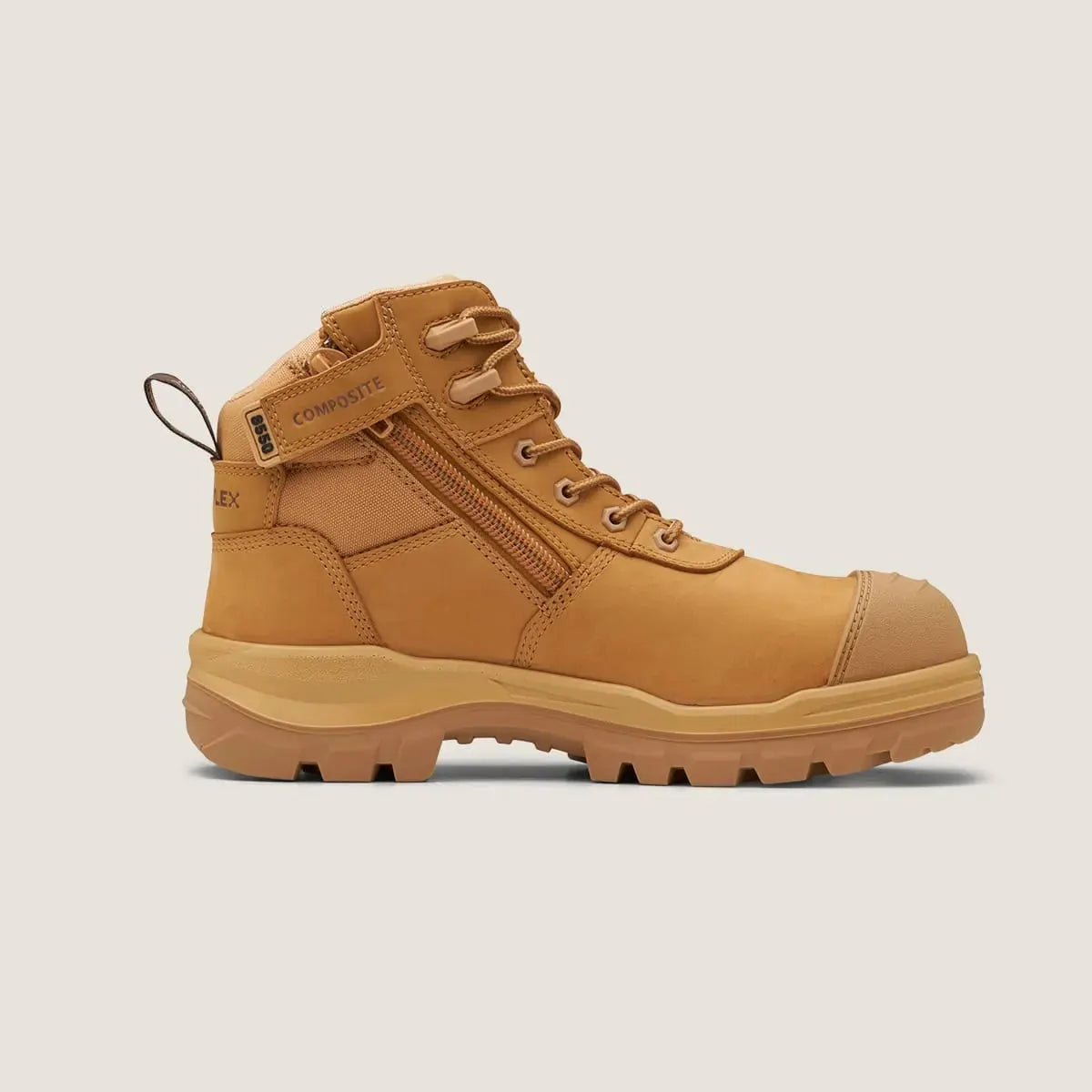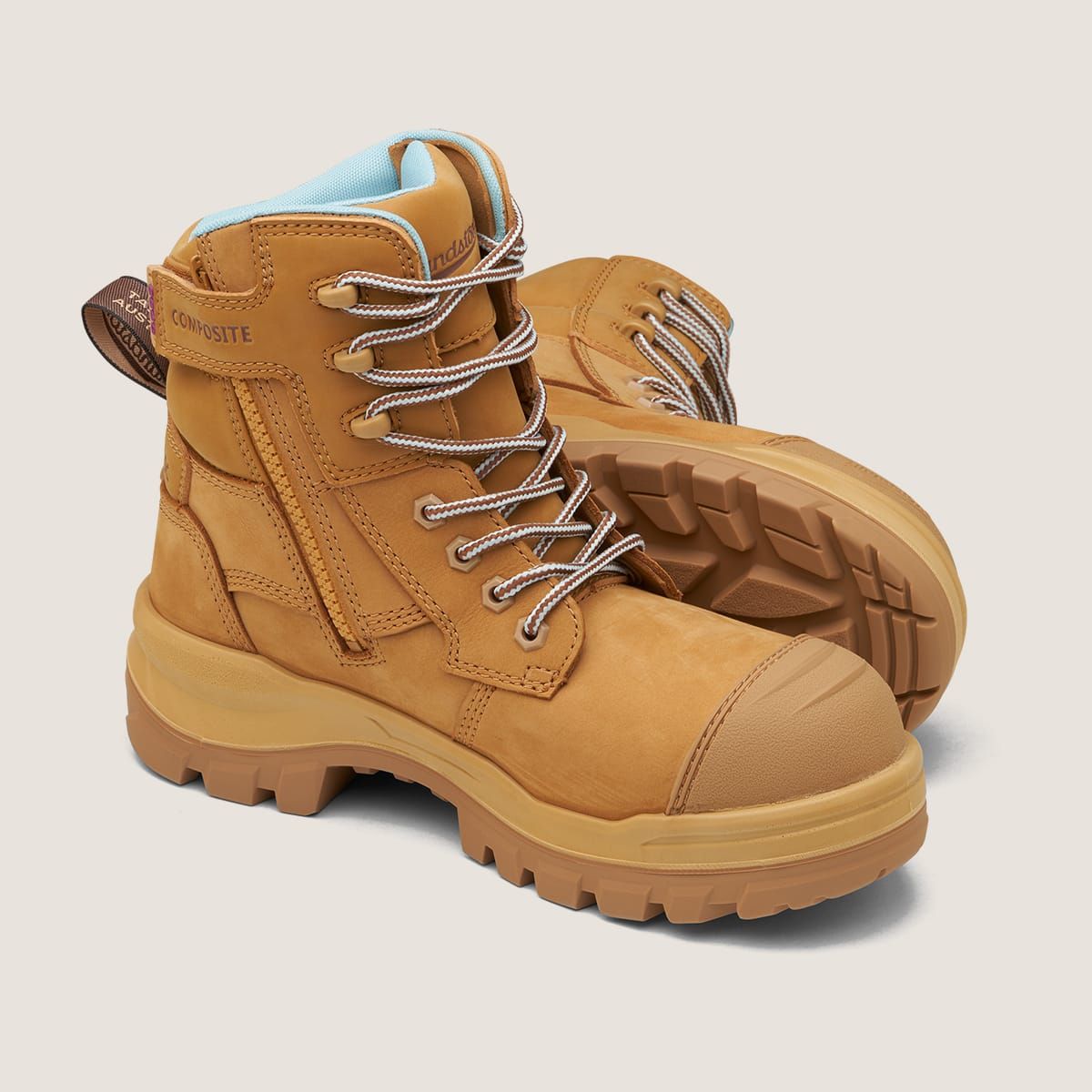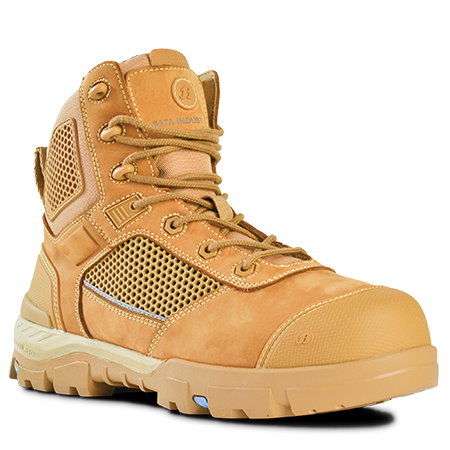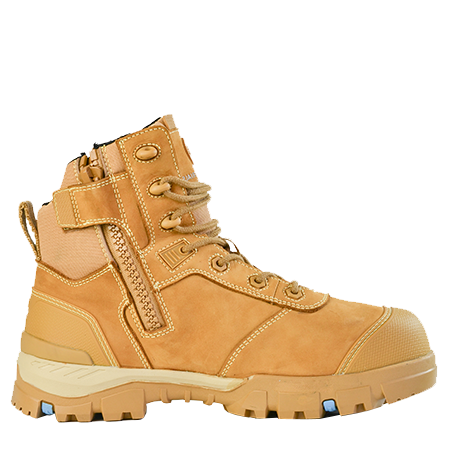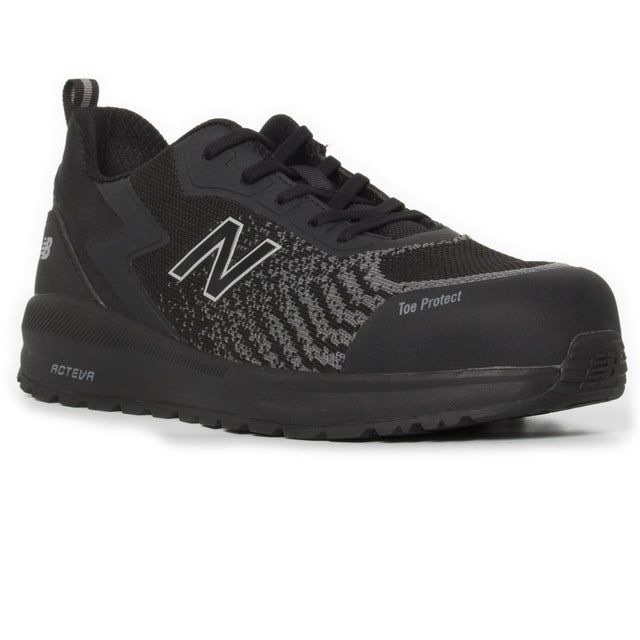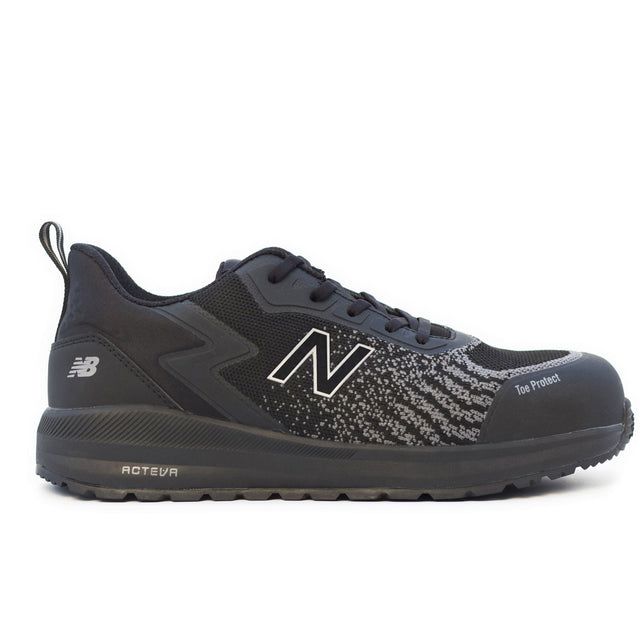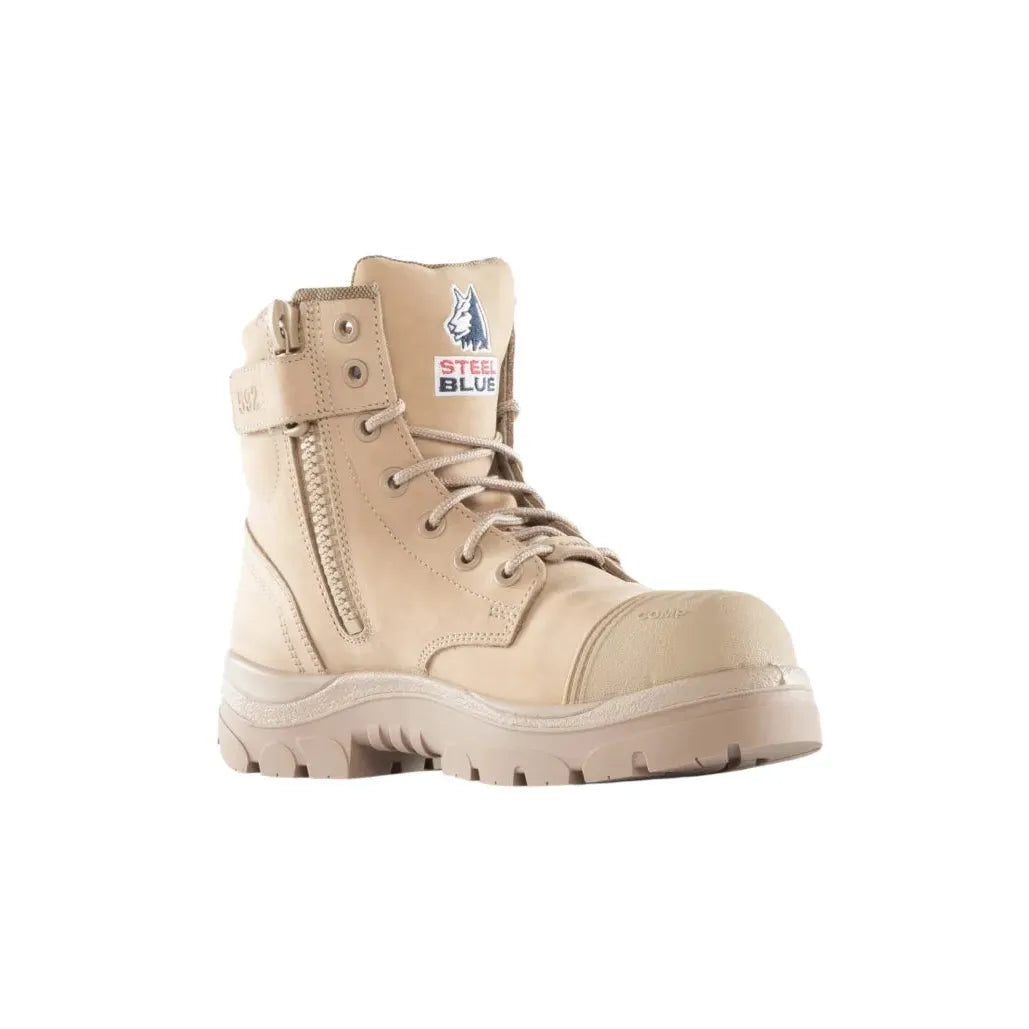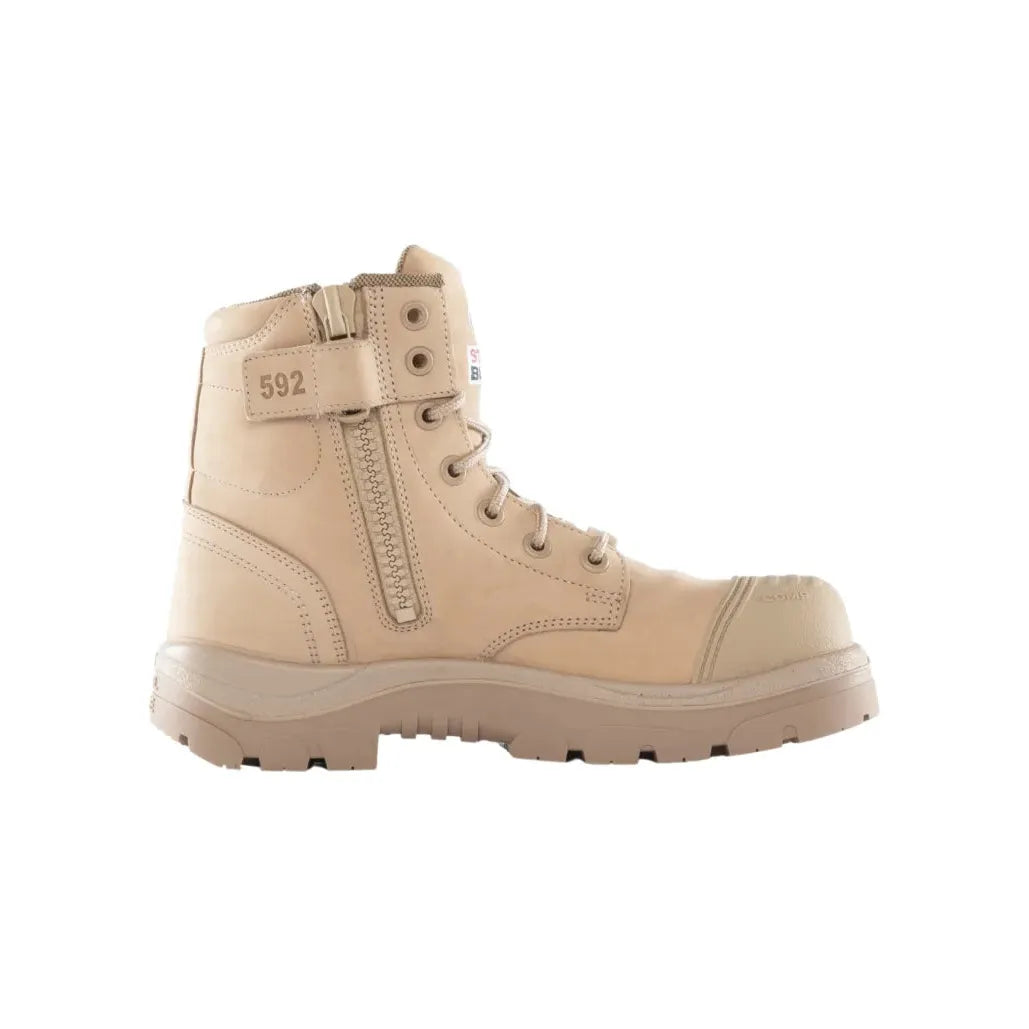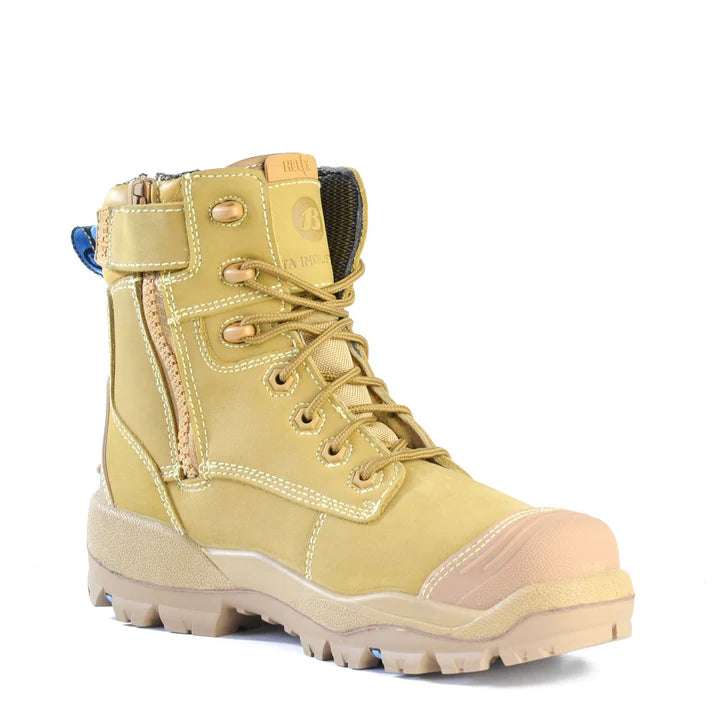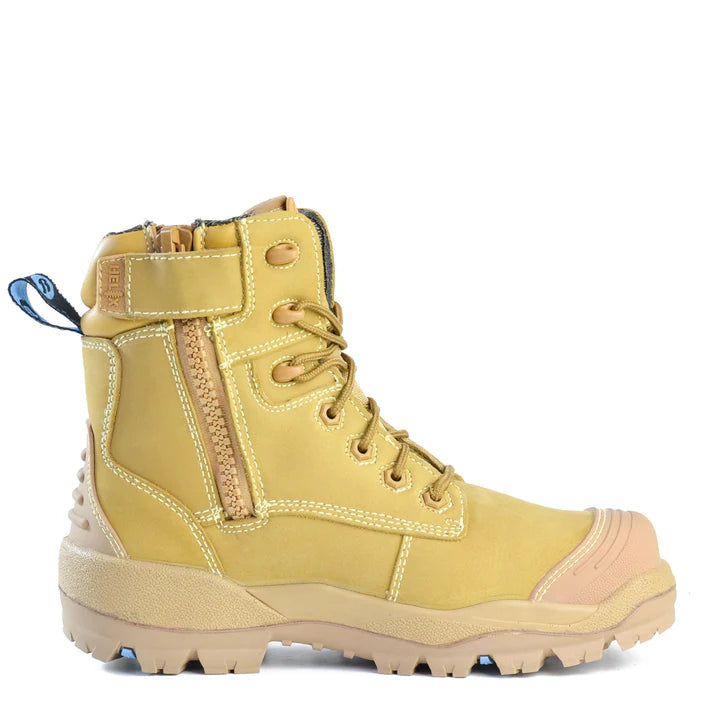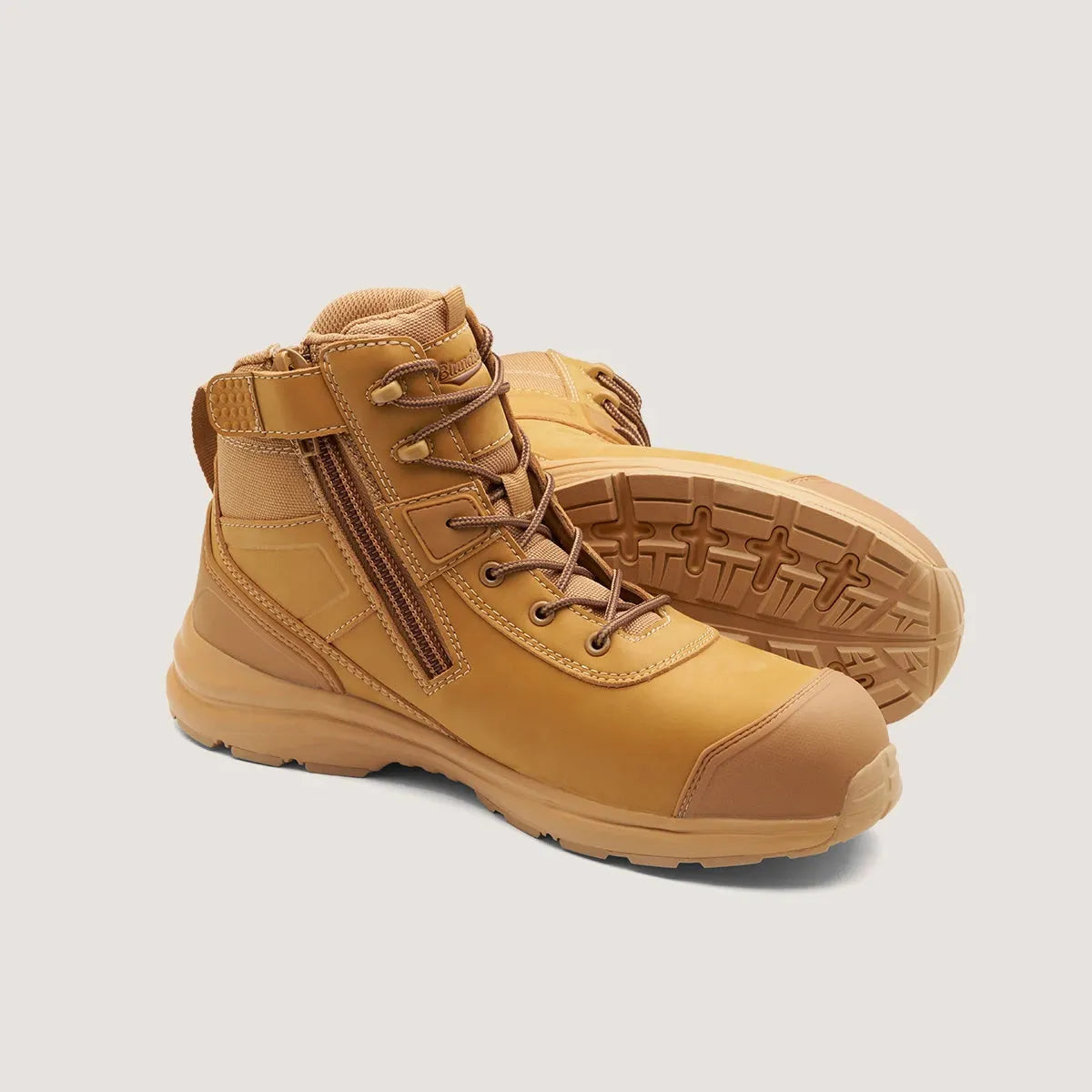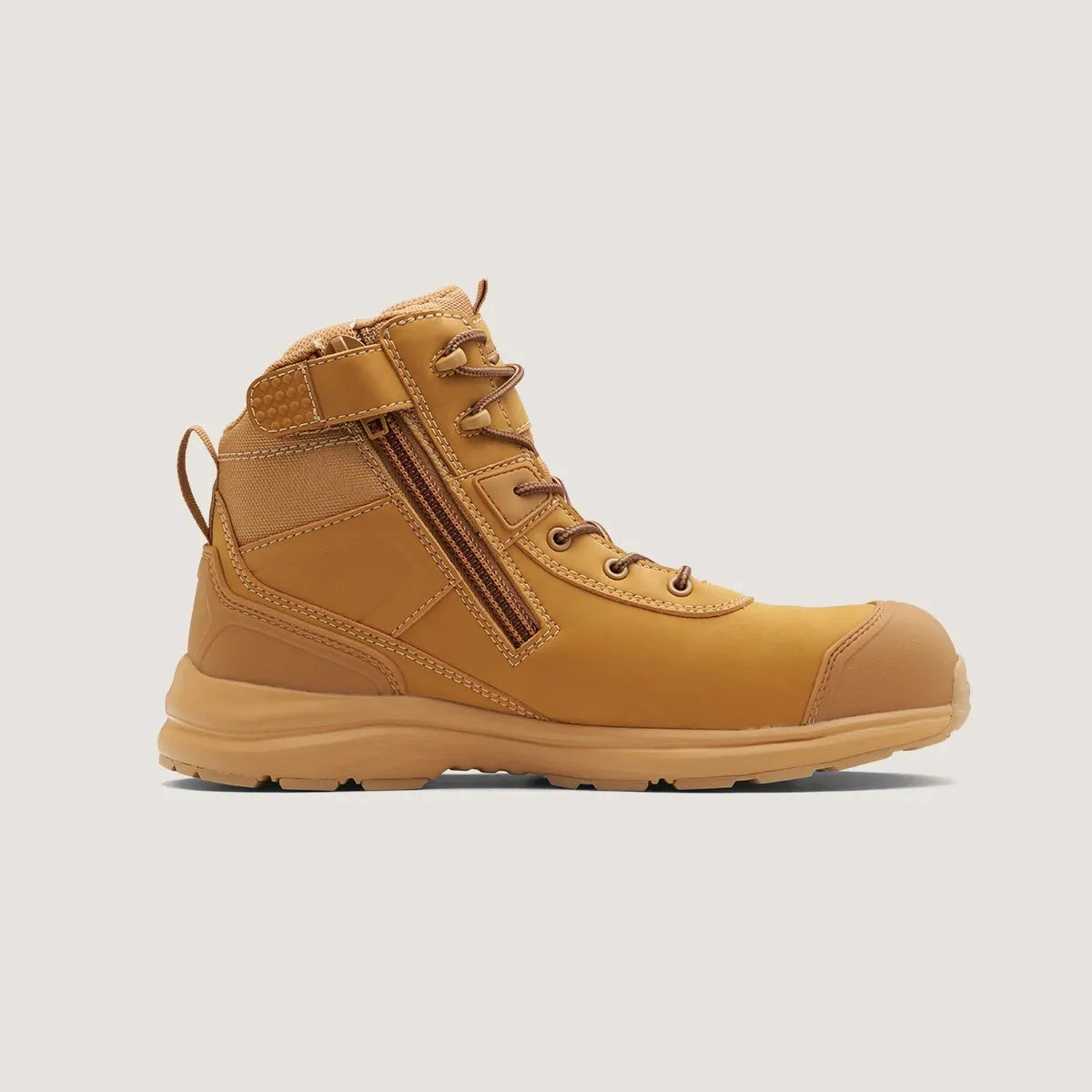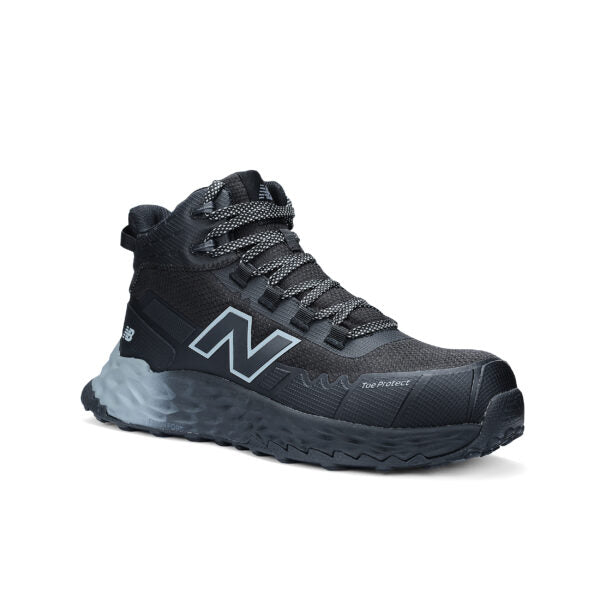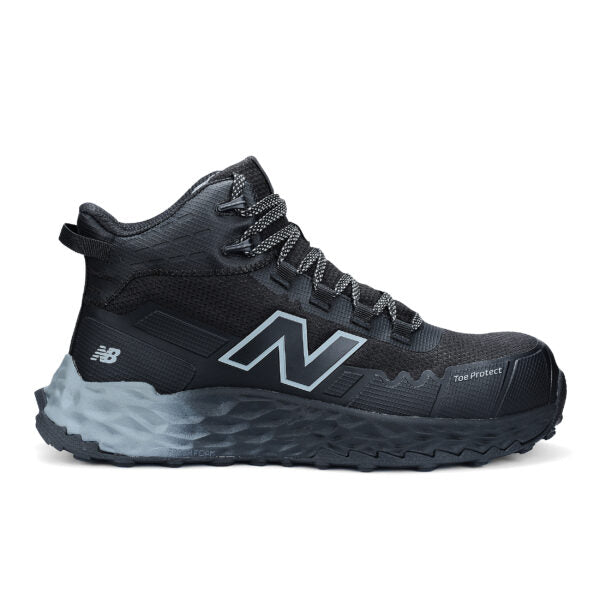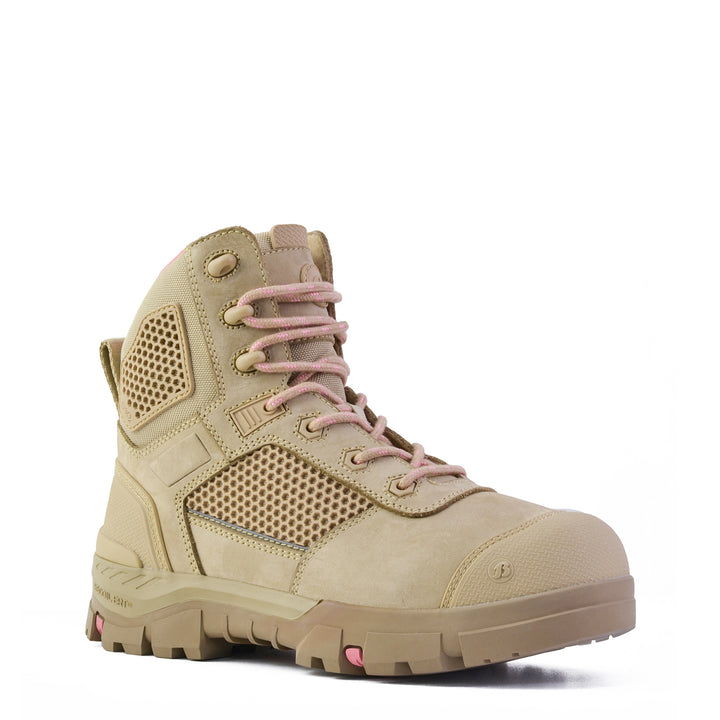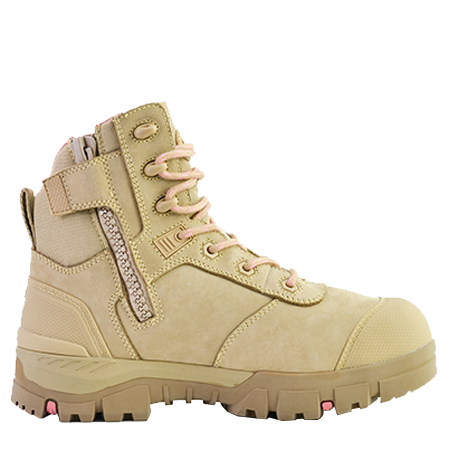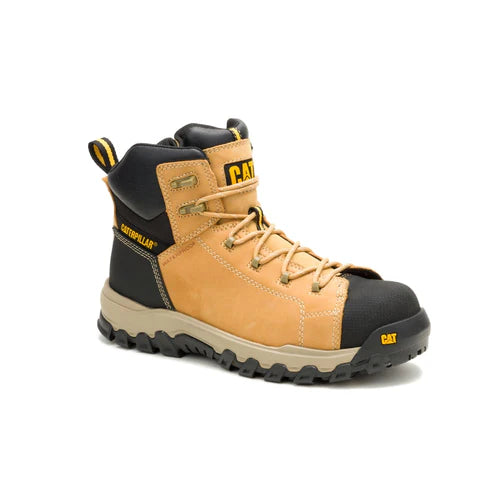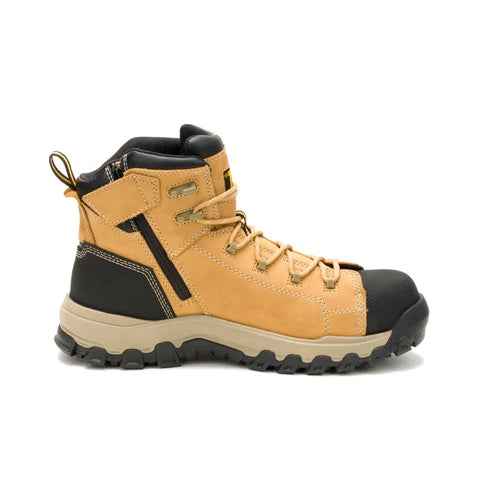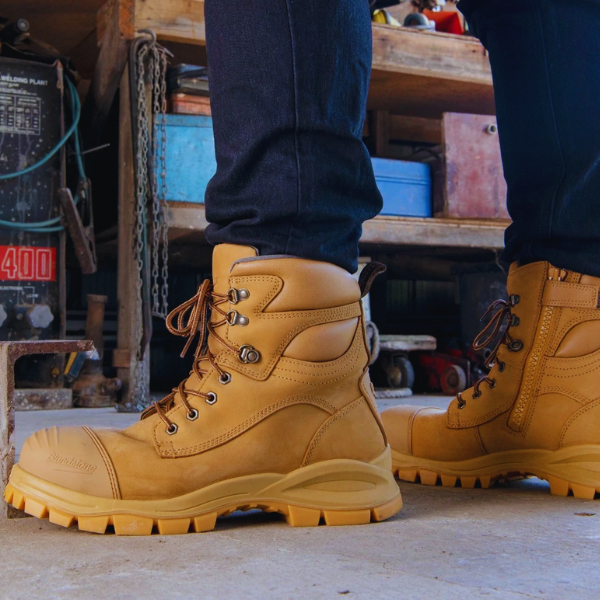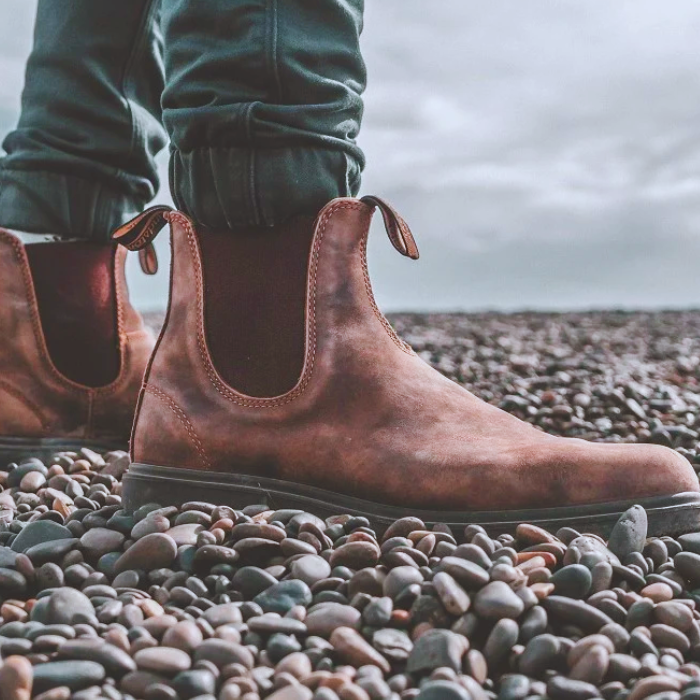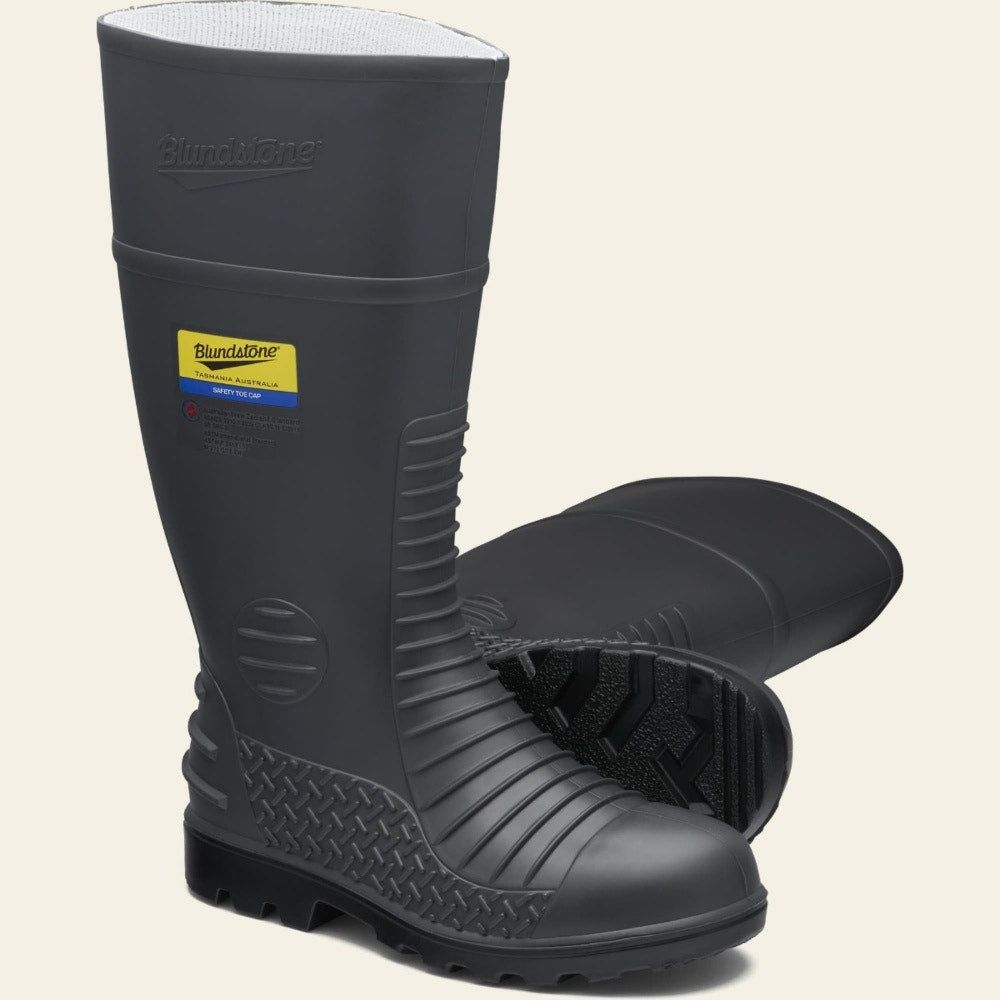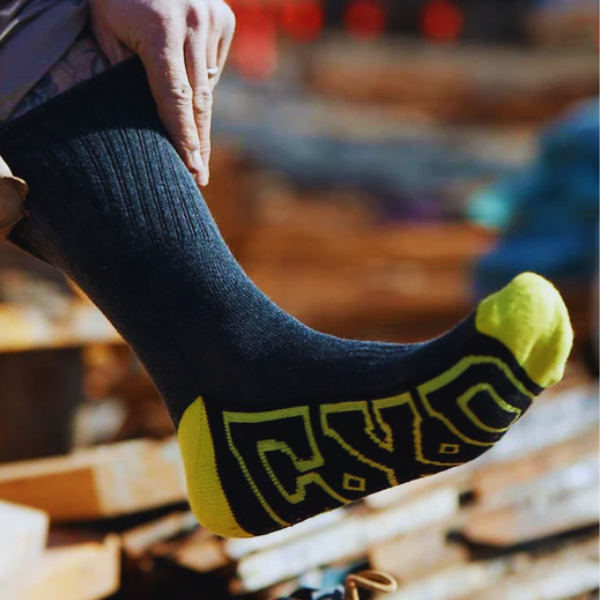In the diverse and demanding landscape of Australian workplaces, finding the right safety footwear is crucial. Composite-toe work boots have emerged as a preferred choice for many, offering lightweight, non-metallic construction that is not only comfortable but also compliant with airport security regulations. These boots are designed to meet the needs of various industries, providing an ideal solution for workers who need reliable protection without the drawbacks of traditional steel-toe footwear.
Composite-Toe Work Boots: Lightweight and Metal-Free Safety
Composite-toe boots are renowned for their lightweight design, making them a popular choice for those who spend long hours on their feet. Unlike steel-toe boots, composite models are crafted from non-metallic materials such as Kevlar, carbon fibre, or plastic, offering equivalent protection without the added weight. This metal-free construction also ensures compliance with stringent safety standards, making these boots suitable for industries ranging from construction to agriculture.
Durability is another hallmark of composite-toe boots. They are built to withstand harsh conditions, providing long-lasting protection and comfort. Users can easily find options that meet their specific safety requirements while enjoying the benefits of a lighter, more flexible boot.
Designed for Workers on the Move
For professionals who are constantly on the go, composite toe boots offer unparalleled convenience and comfort. These travel-friendly safety boots are ideal for workers who frequently navigate airport security, as their non-metallic components easily pass through metal detectors. The best composite-toe boots for mobility also feature advanced cushioning and ergonomic designs, ensuring maximum comfort during long shifts or continuous travel.
...Composite-Toe vs Steel-Toe: Key Differences and Benefits
When choosing between composite-toe and steel-toe boots, it’s essential to understand the key differences and benefits of each type. The table below summarises key aspects:
| Feature | Composite-Toe Boots | Steel-Toe Boots |
|---|---|---|
| Weight | Lightweight | Heavier |
| Conductivity | Non-conductive | Conductive |
| Compliance | Airport-friendly | May trigger metal detectors |
| Durability | Highly Durable | Highly Durable |
Composite-toe boots offer the advantage of being lighter and non-conductive, making them suitable for environments where electrical hazards are a concern. Steel-toe boots, on the other hand, provide robust protection and are often favoured in heavy-duty settings. By understanding these differences, users can choose the right boots for their specific needs.
How to Select the Best Composite-Toe Boots
Selecting the right composite-toe boots involves considering several factors to ensure optimal safety and comfort. Here’s a checklist to guide your decision-making process:
- Job Requirements: Understand the specific safety standards and requirements of your job role.
- Fit and Comfort: Ensure the boots provide a comfortable fit with adequate arch support and cushioning.
- Breathability and Insulation: Choose boots with appropriate ventilation and insulation for your work environment.
- Durability: Opt for boots made from high-quality materials that offer long-lasting wear.
Frequently Asked Questions
Why are composite-toe boots ideal for air travel and security checks?
Composite-toe boots are ideal for air travel due to their non-metallic construction, which allows them to pass through metal detectors without setting off alarms. This makes them a convenient choice for professionals who frequently travel by air.
Are composite-toe boots as protective as steel-toe boots?
Yes, composite-toe boots provide comparable protection to steel-toe boots. They meet the same safety standards and are designed to protect against impact and compression injuries.
What types of workers benefit most from composite-toe boots?
Workers in industries such as aviation, logistics, and construction benefit most from composite-toe boots due to their lightweight design, flexibility, and compliance with safety standards.
How can I maintain my composite-toe boots for long-term use?
To maintain your composite-toe boots, regularly clean them with a damp cloth, apply waterproofing treatments as needed, and store them in a cool, dry place when not in use.
Are composite-toe boots suitable for extreme conditions?
Composite-toe boots are suitable for various conditions, including cold and wet environments, thanks to their durable construction and optional insulation features. However, always choose a pair that matches the specific demands of your work environment.

